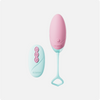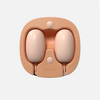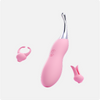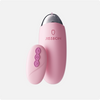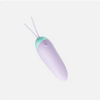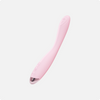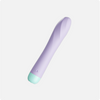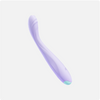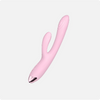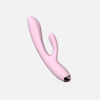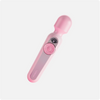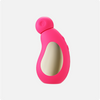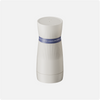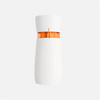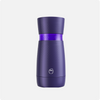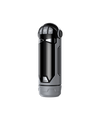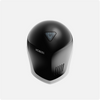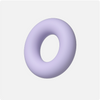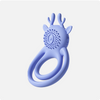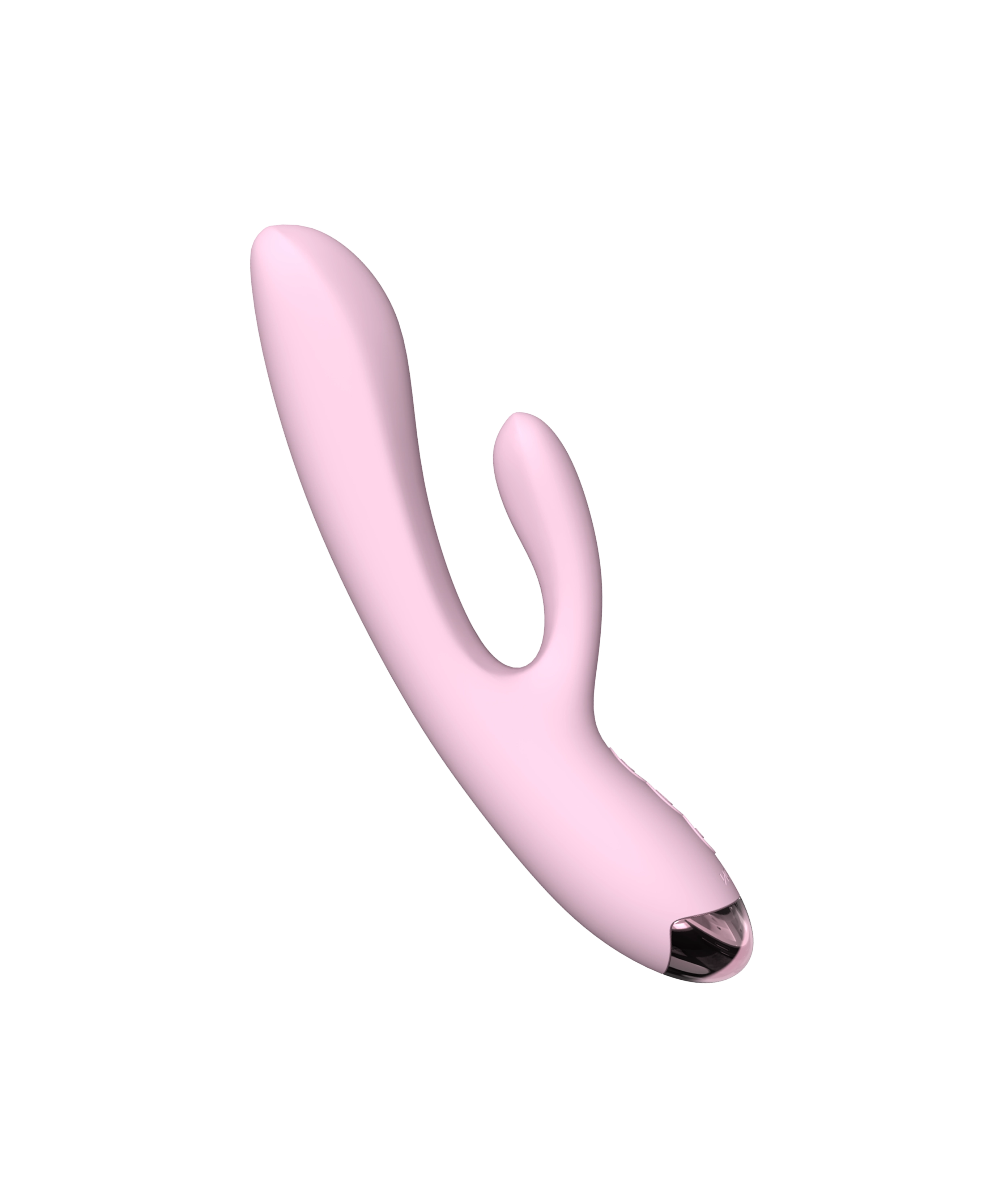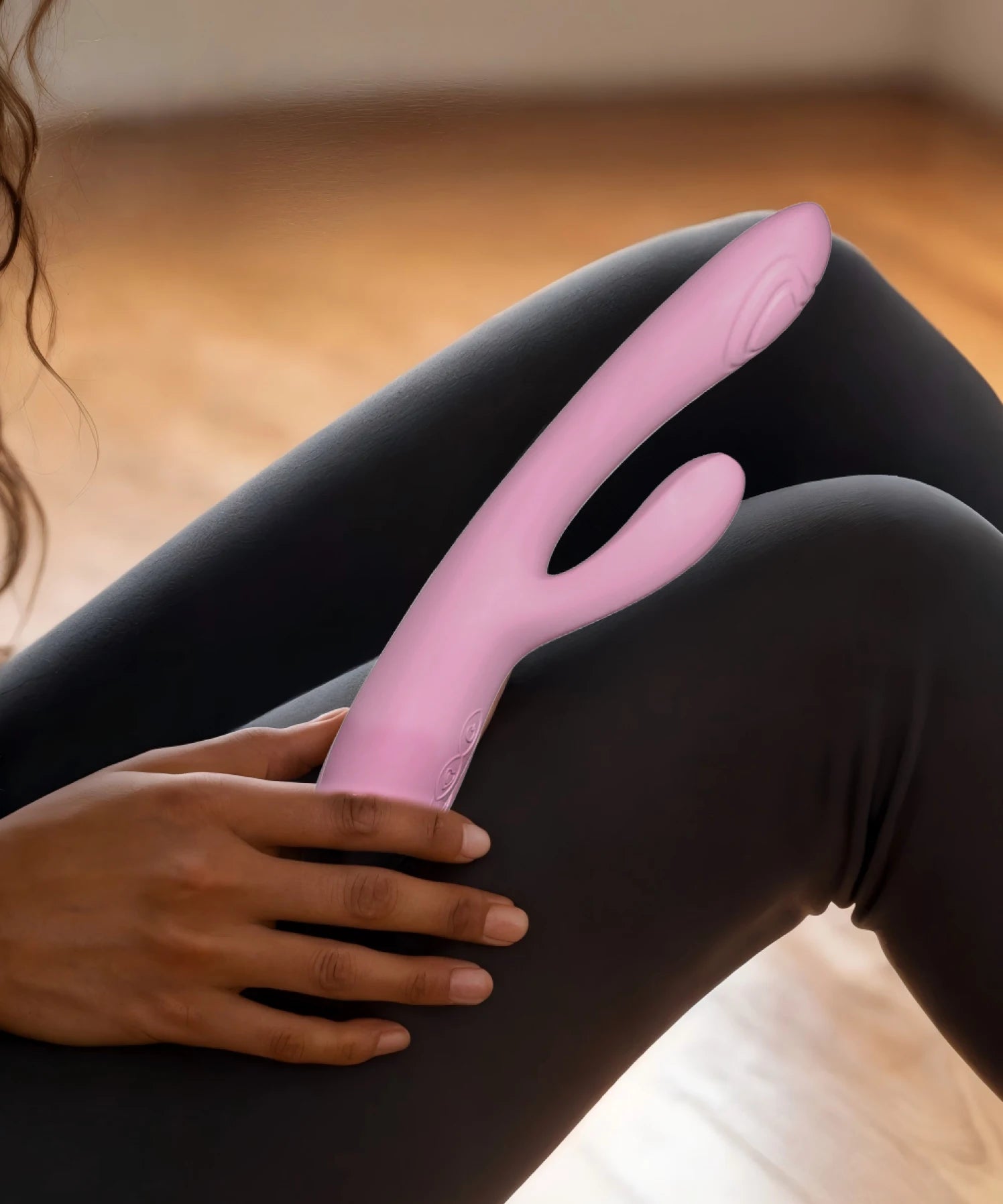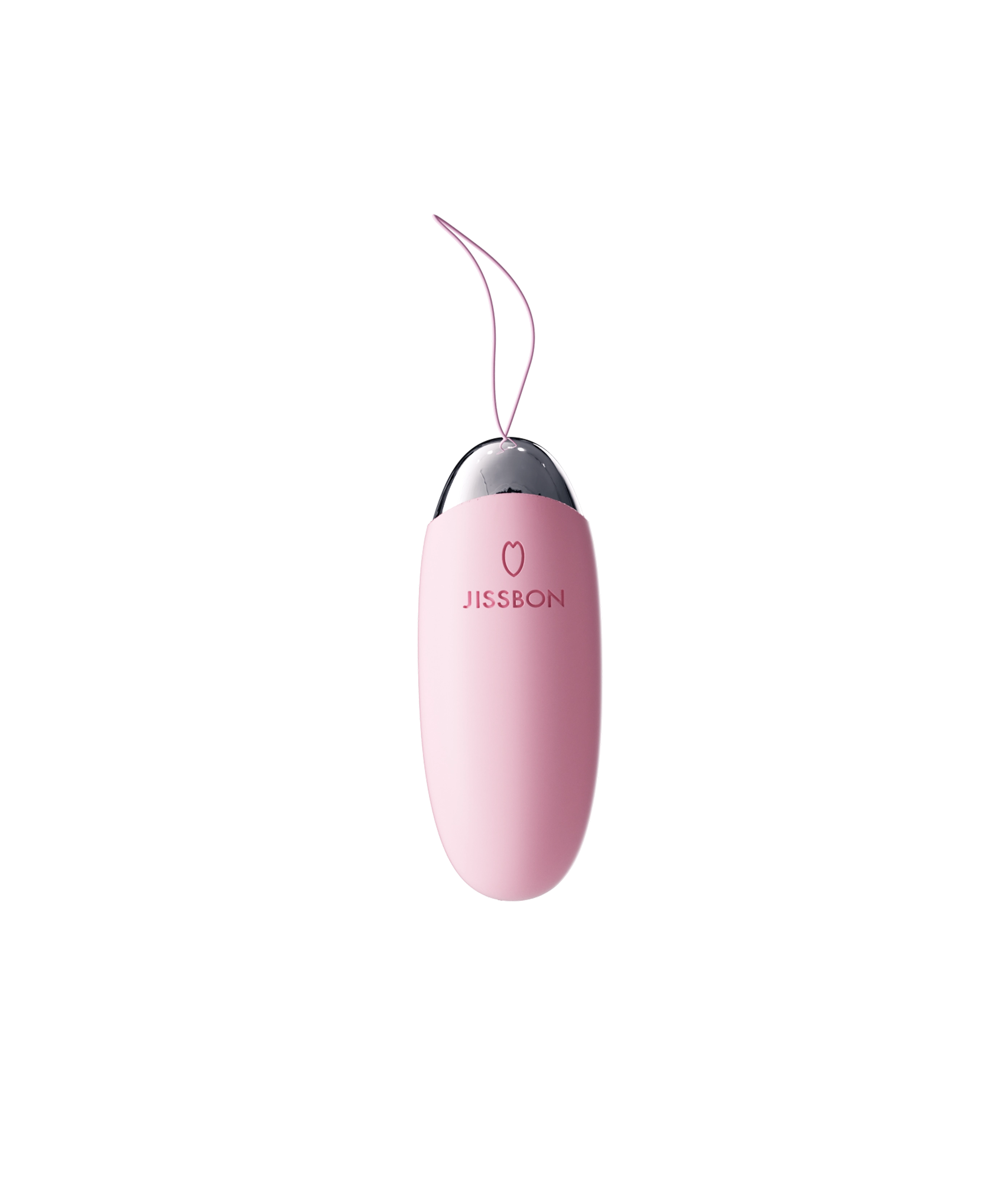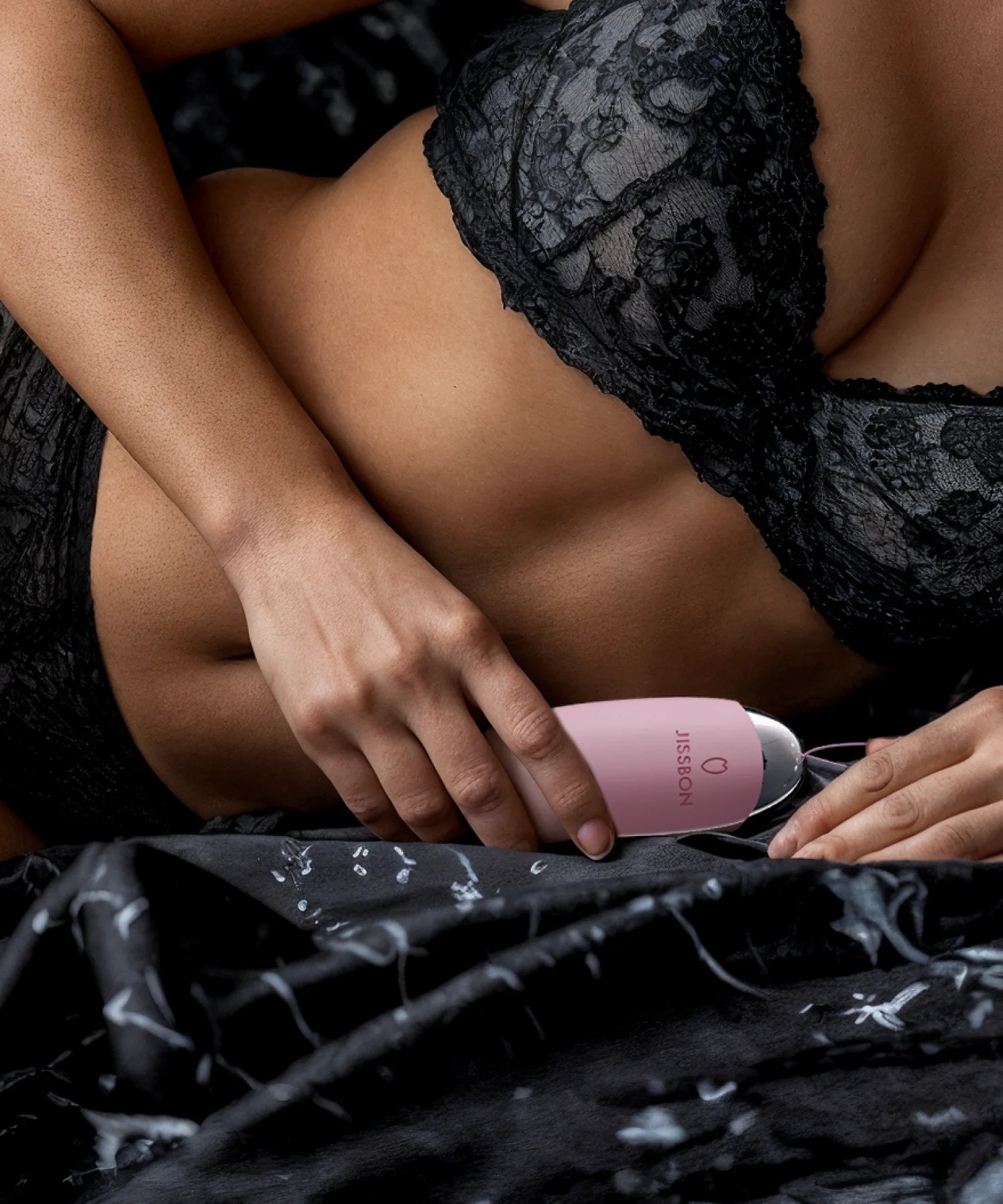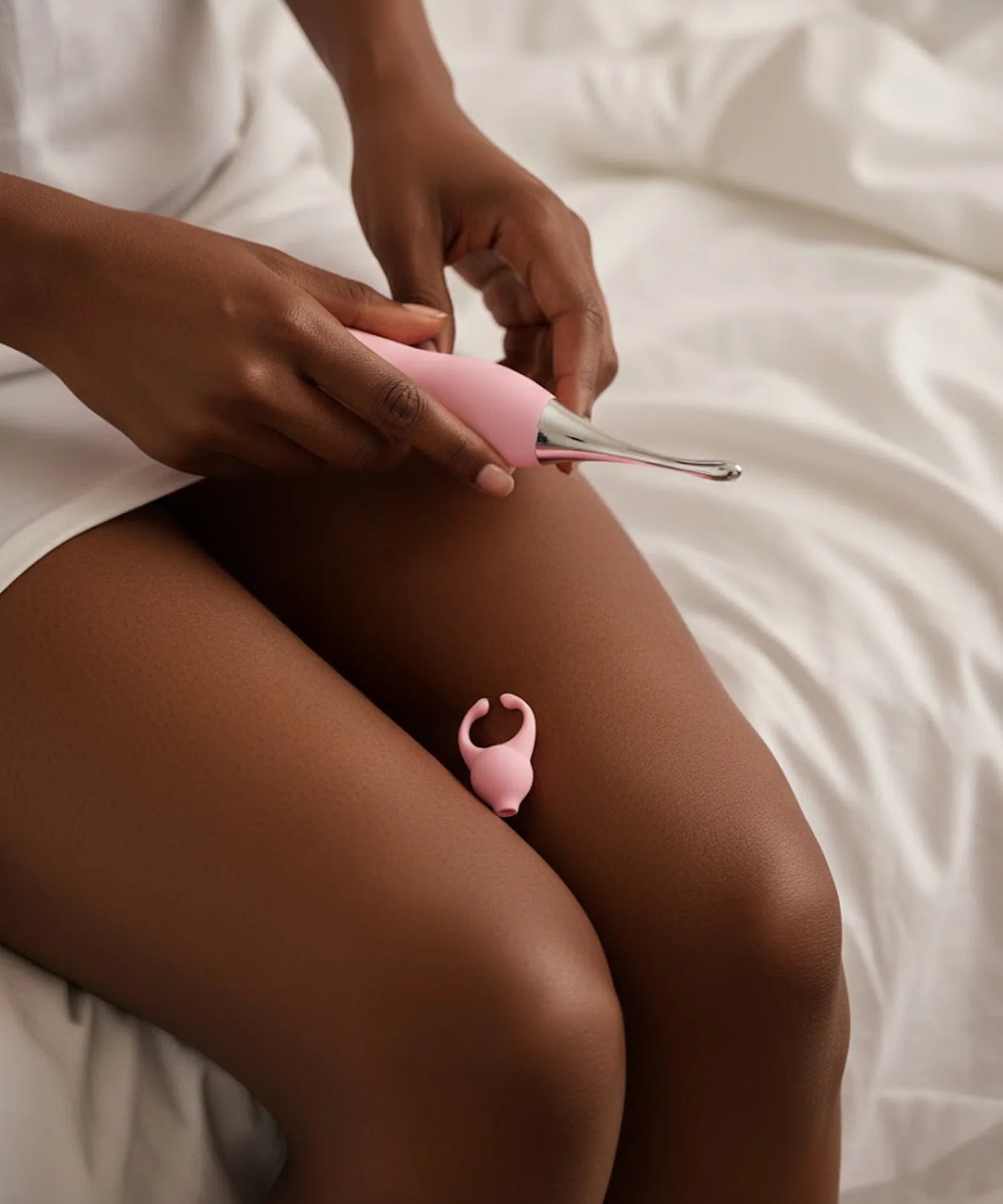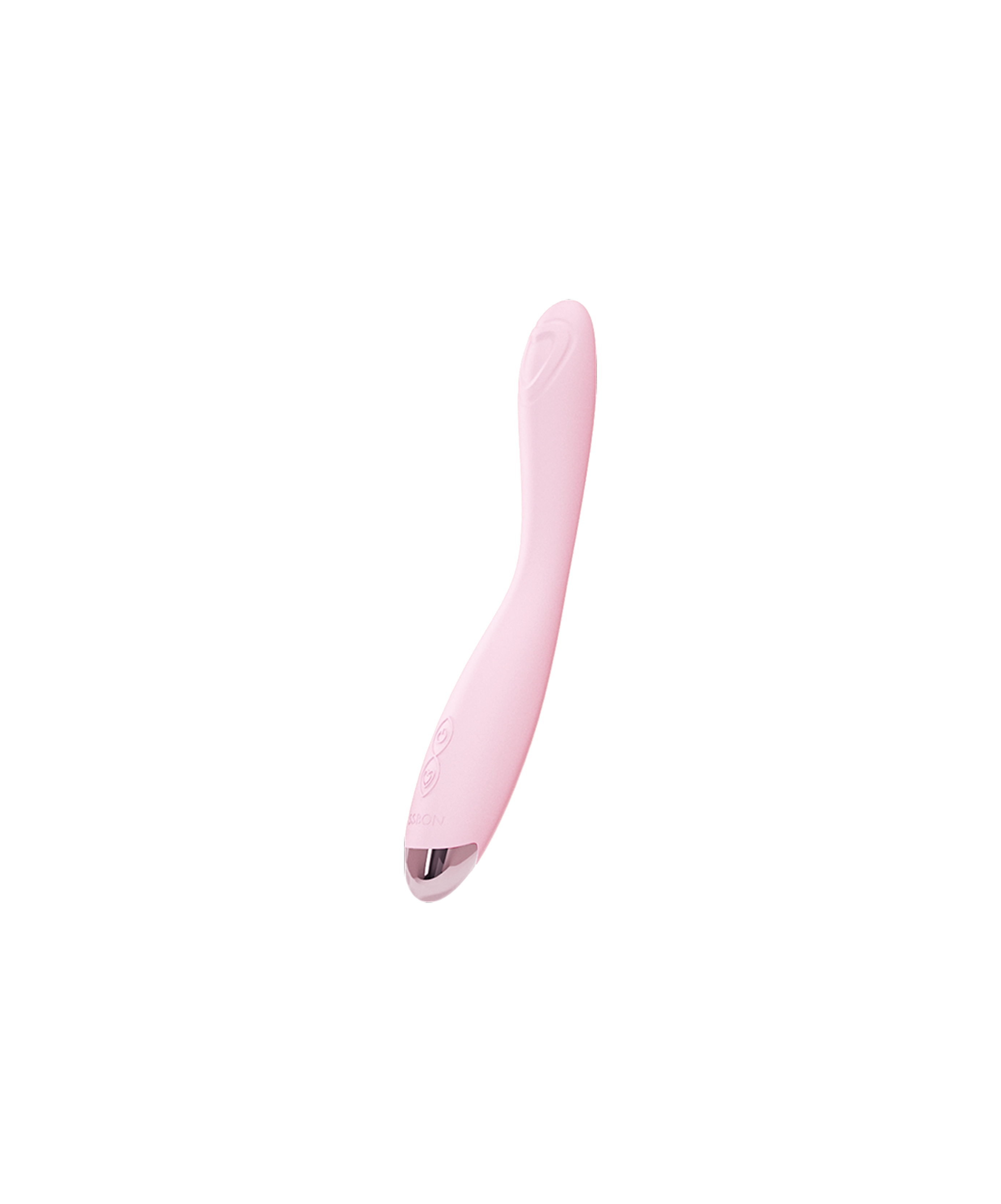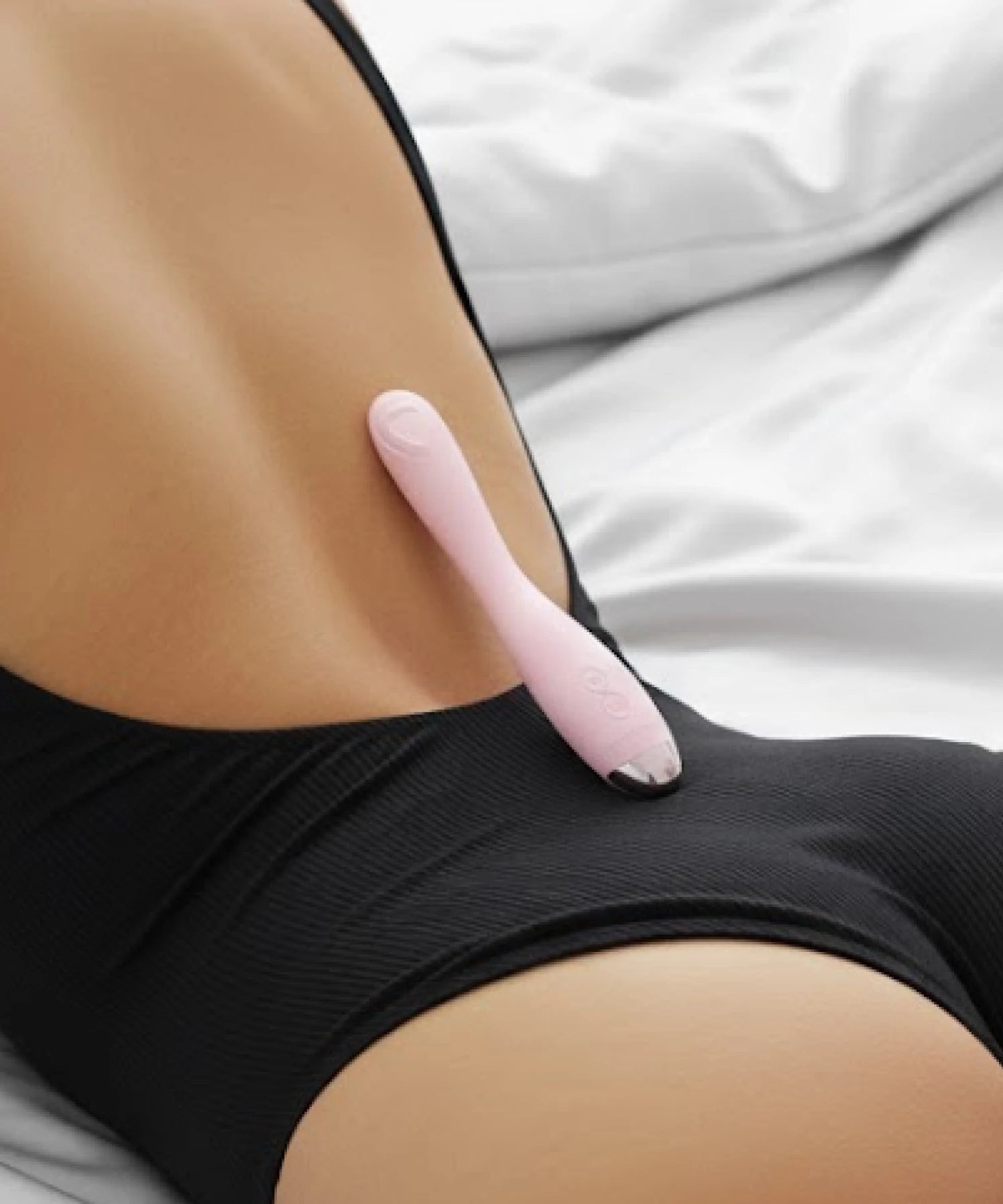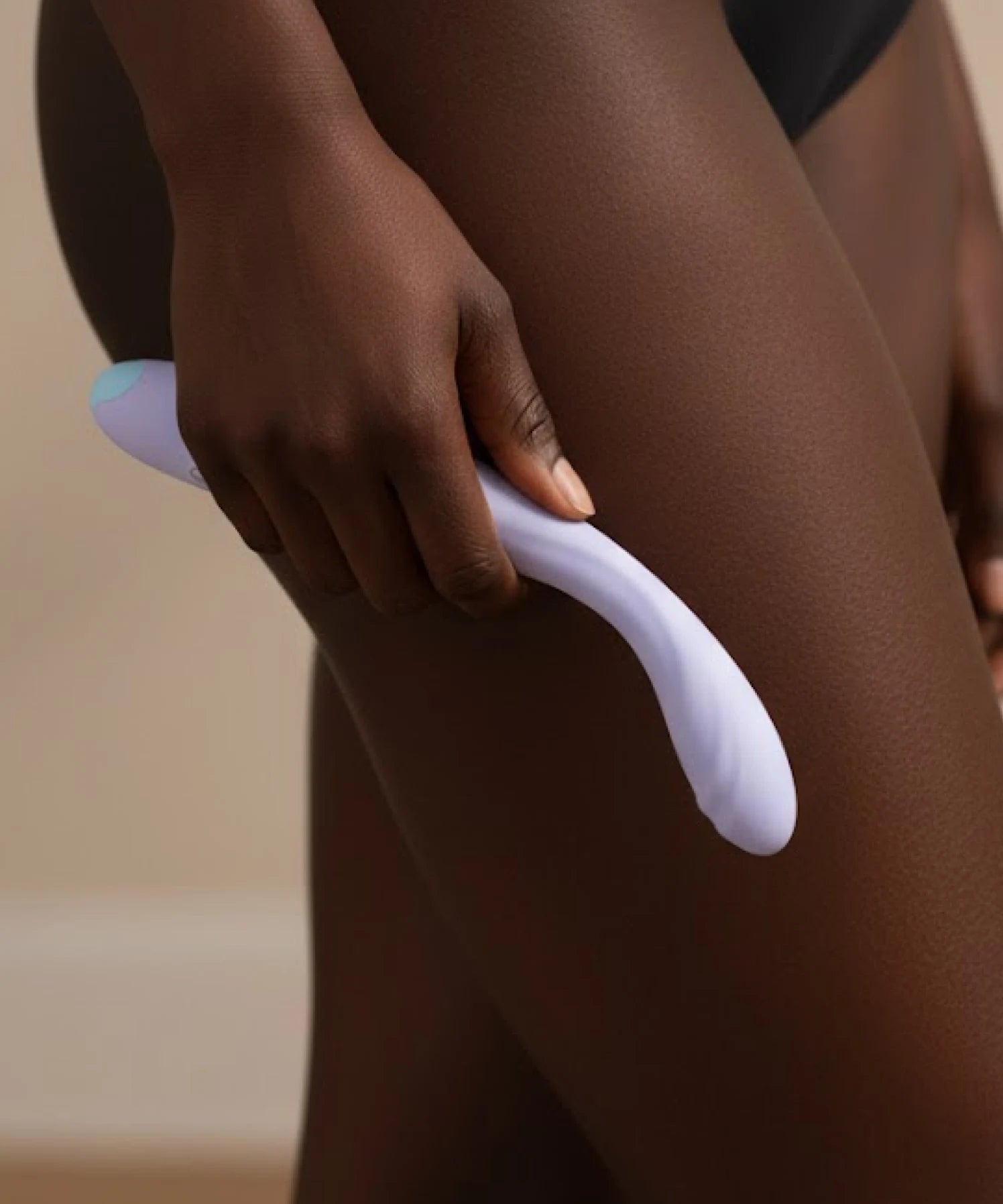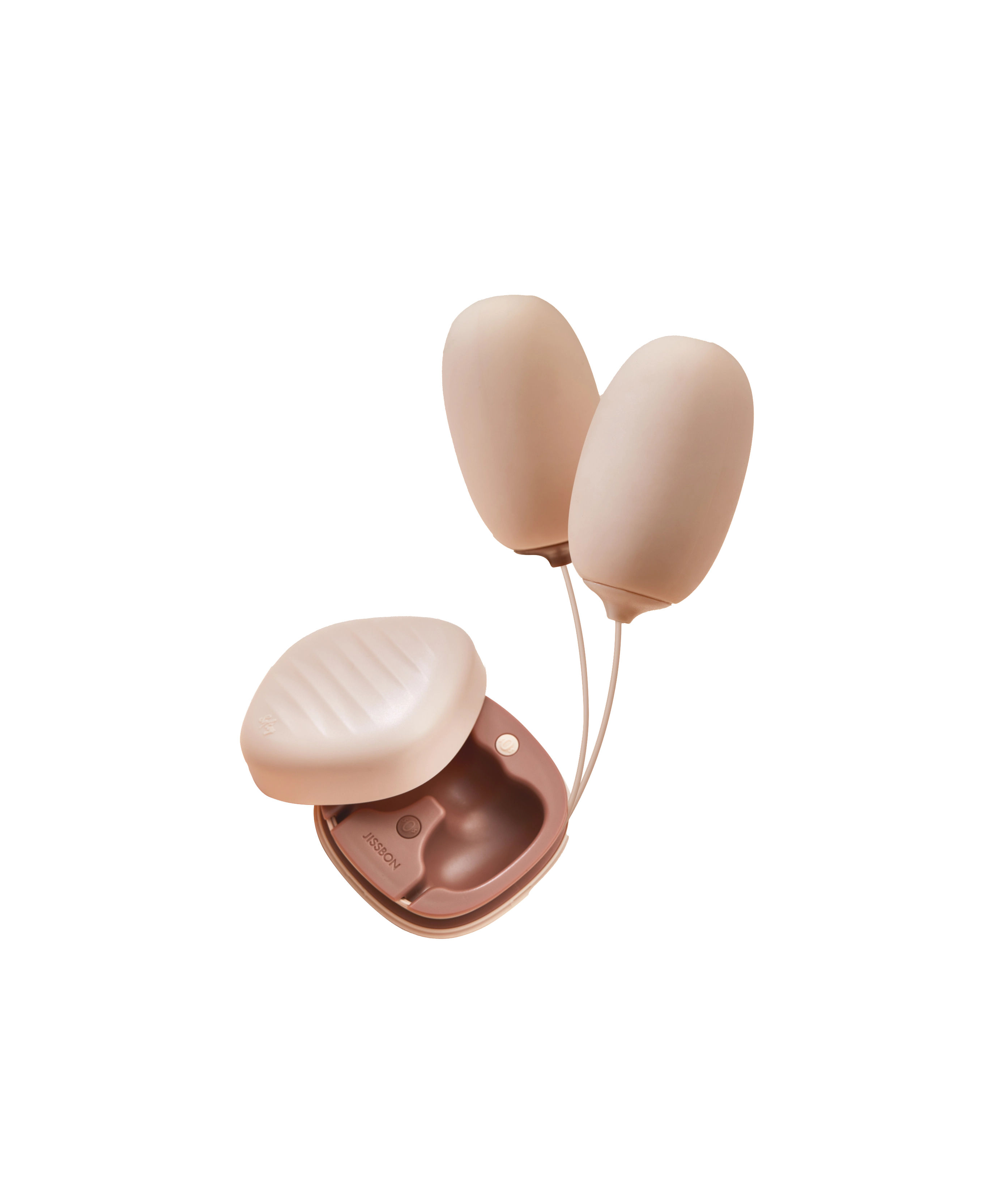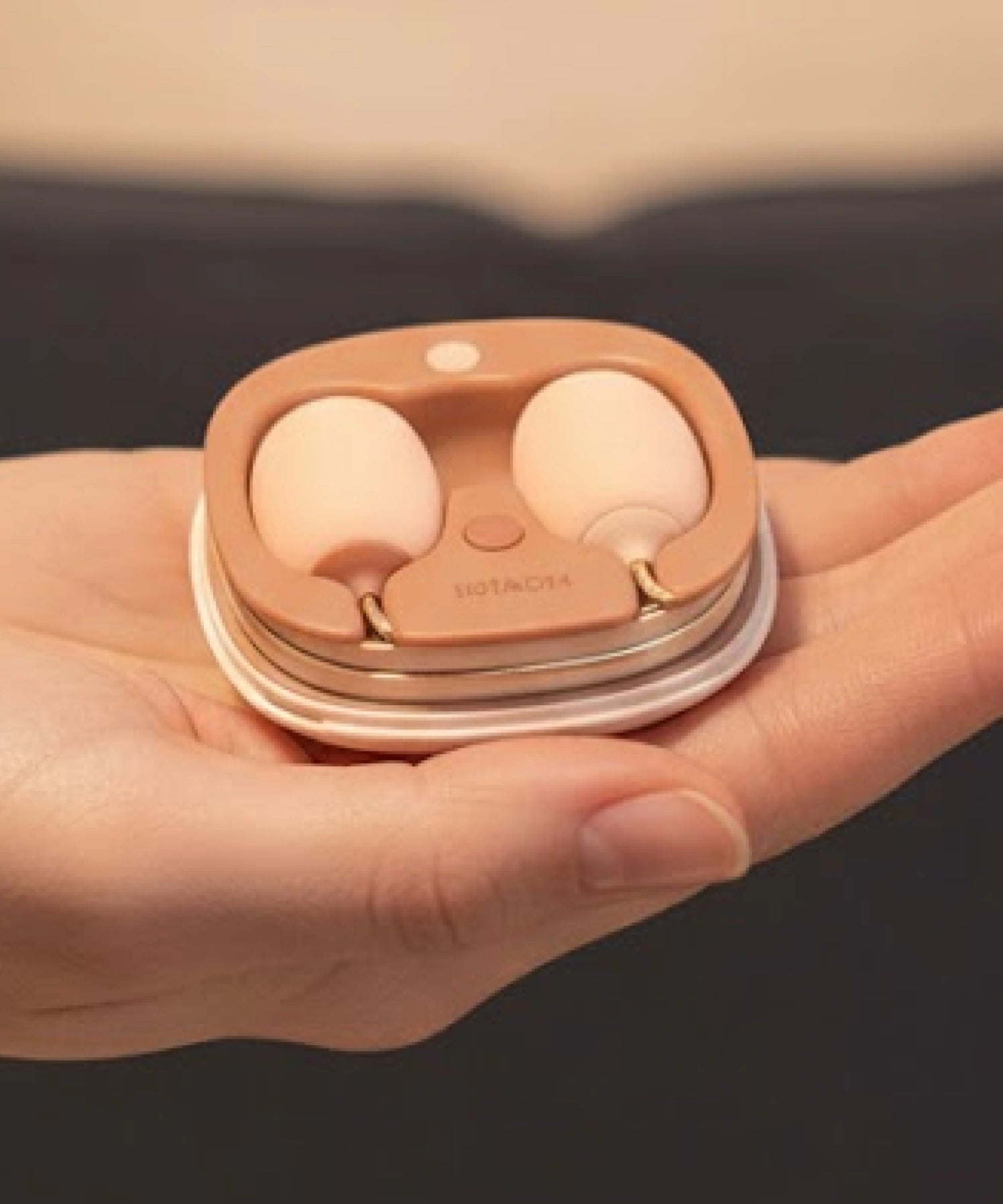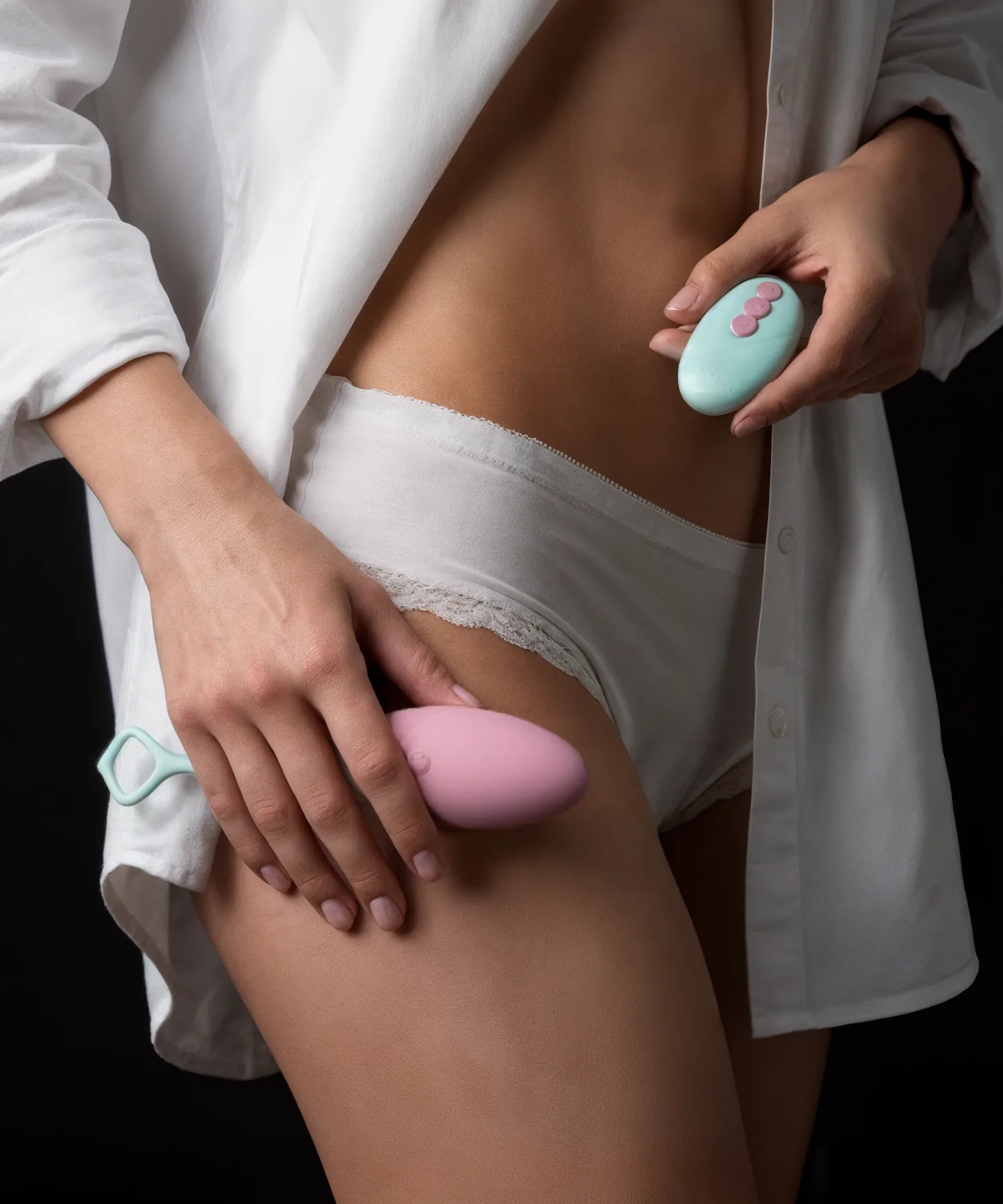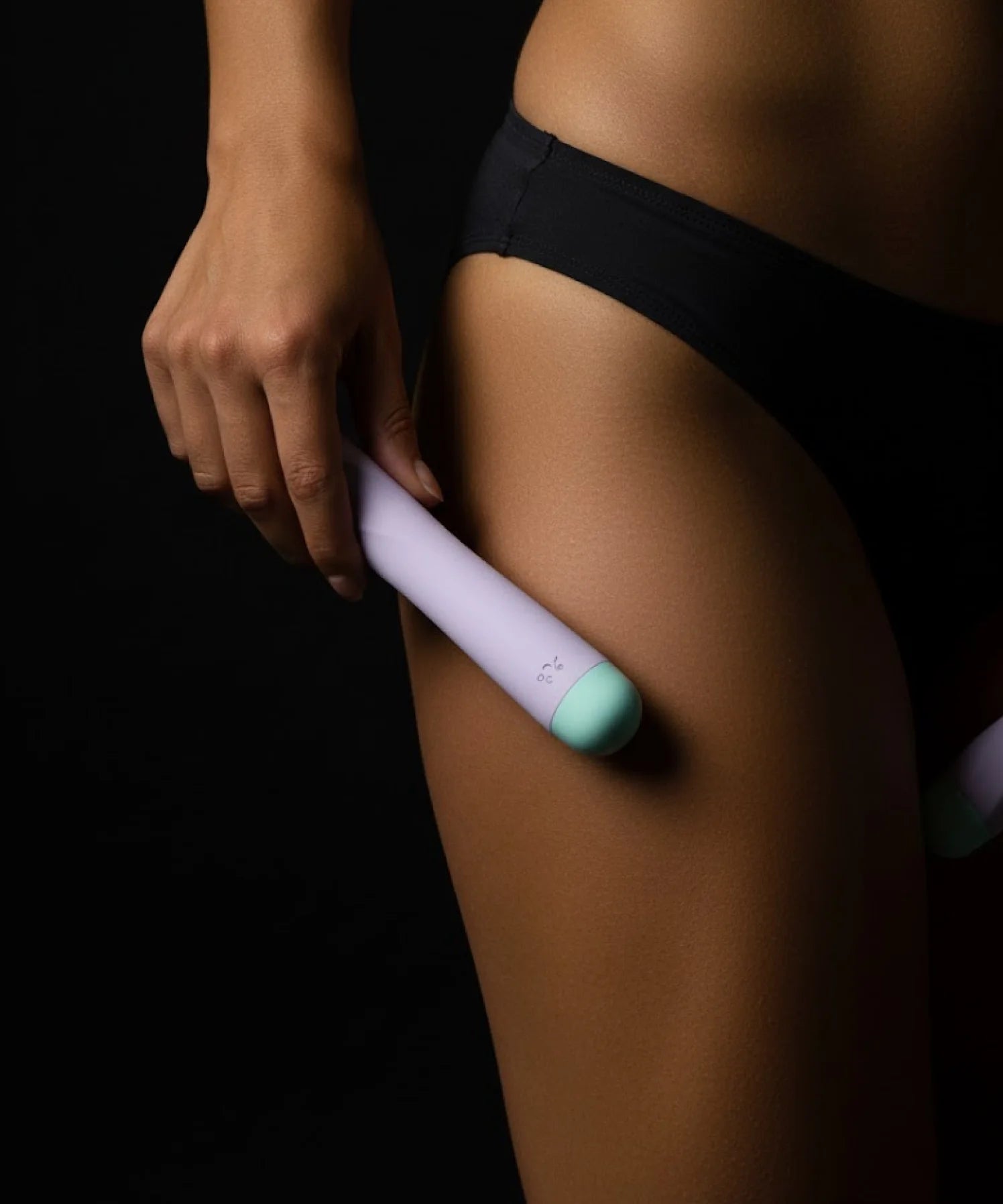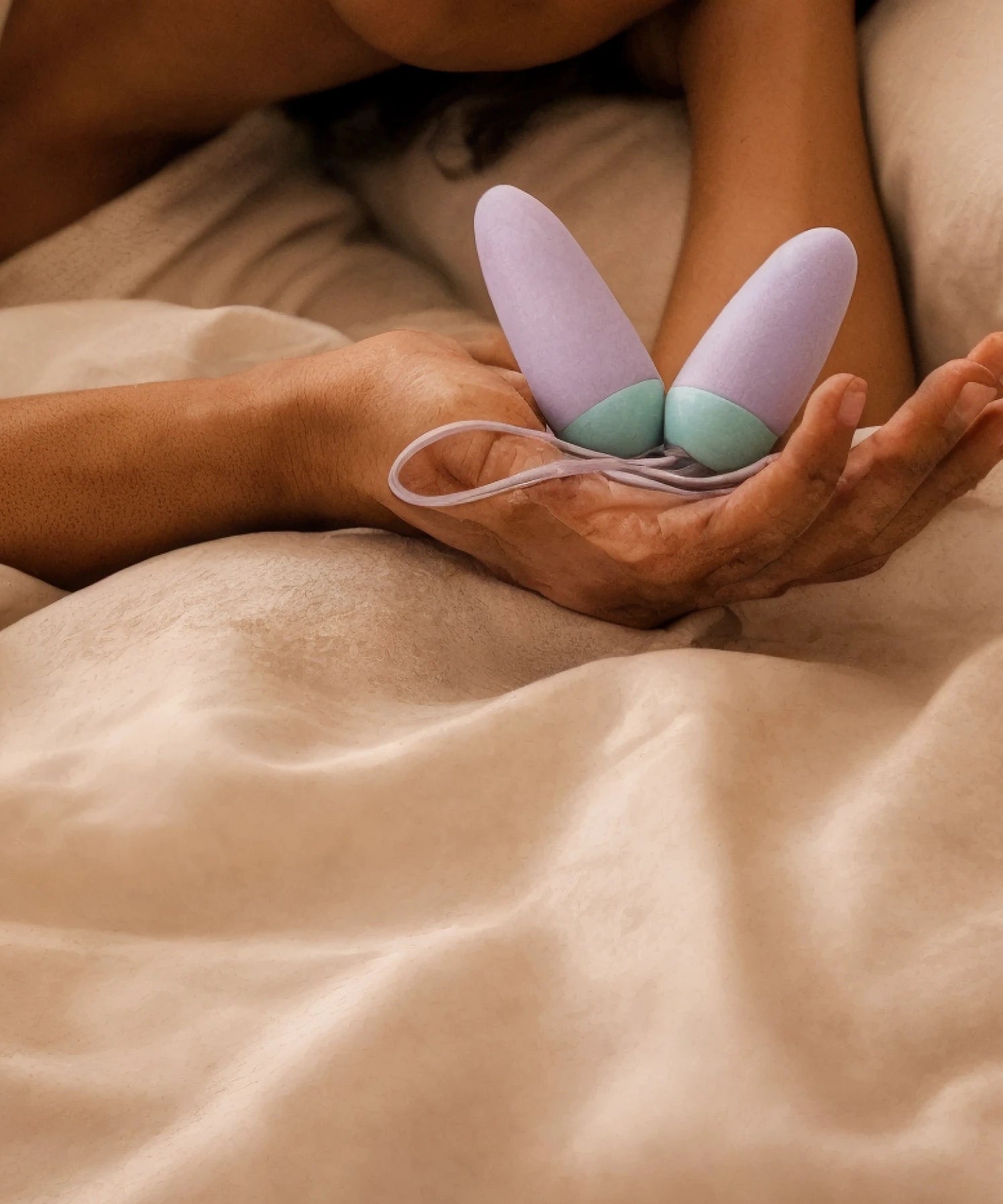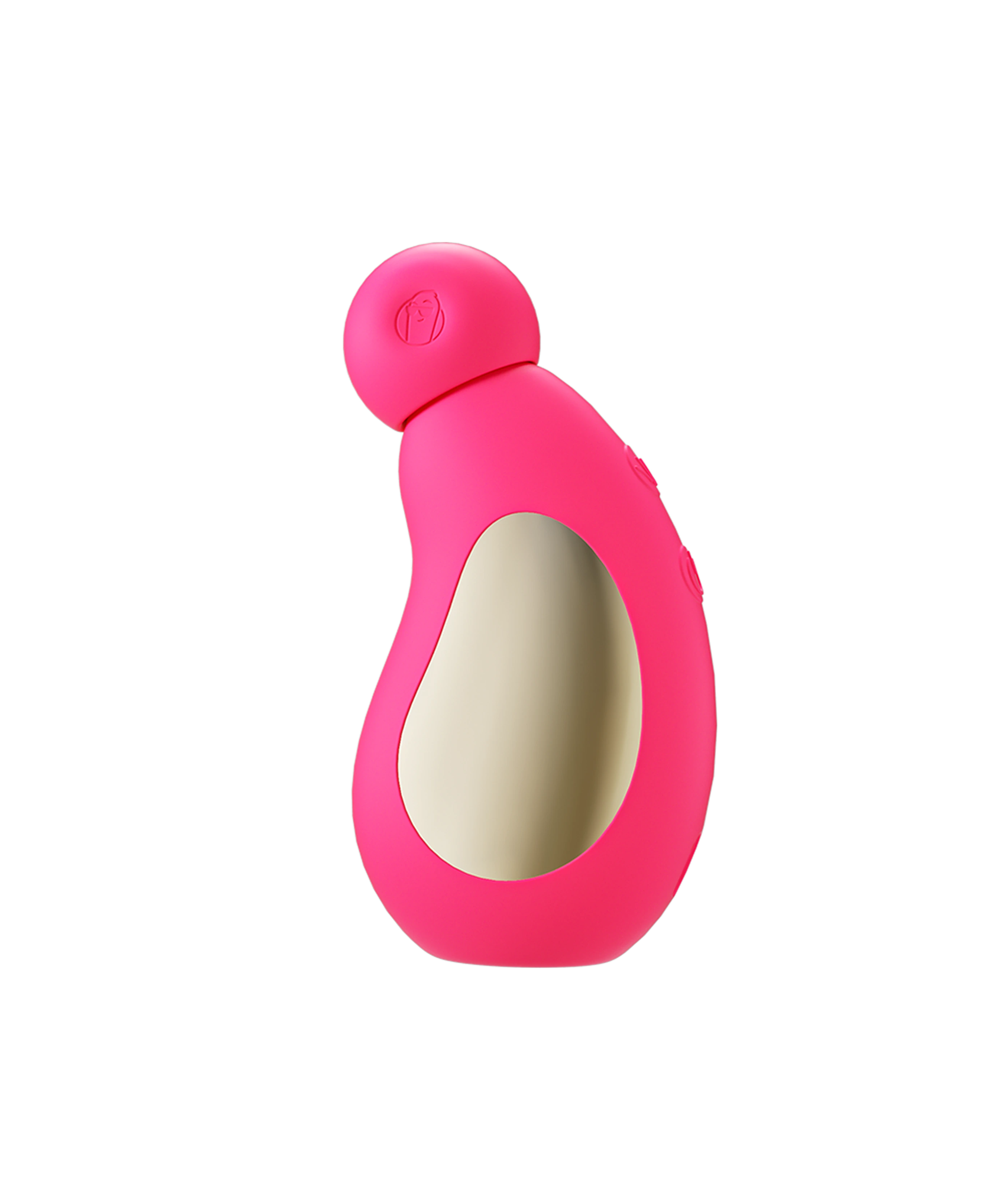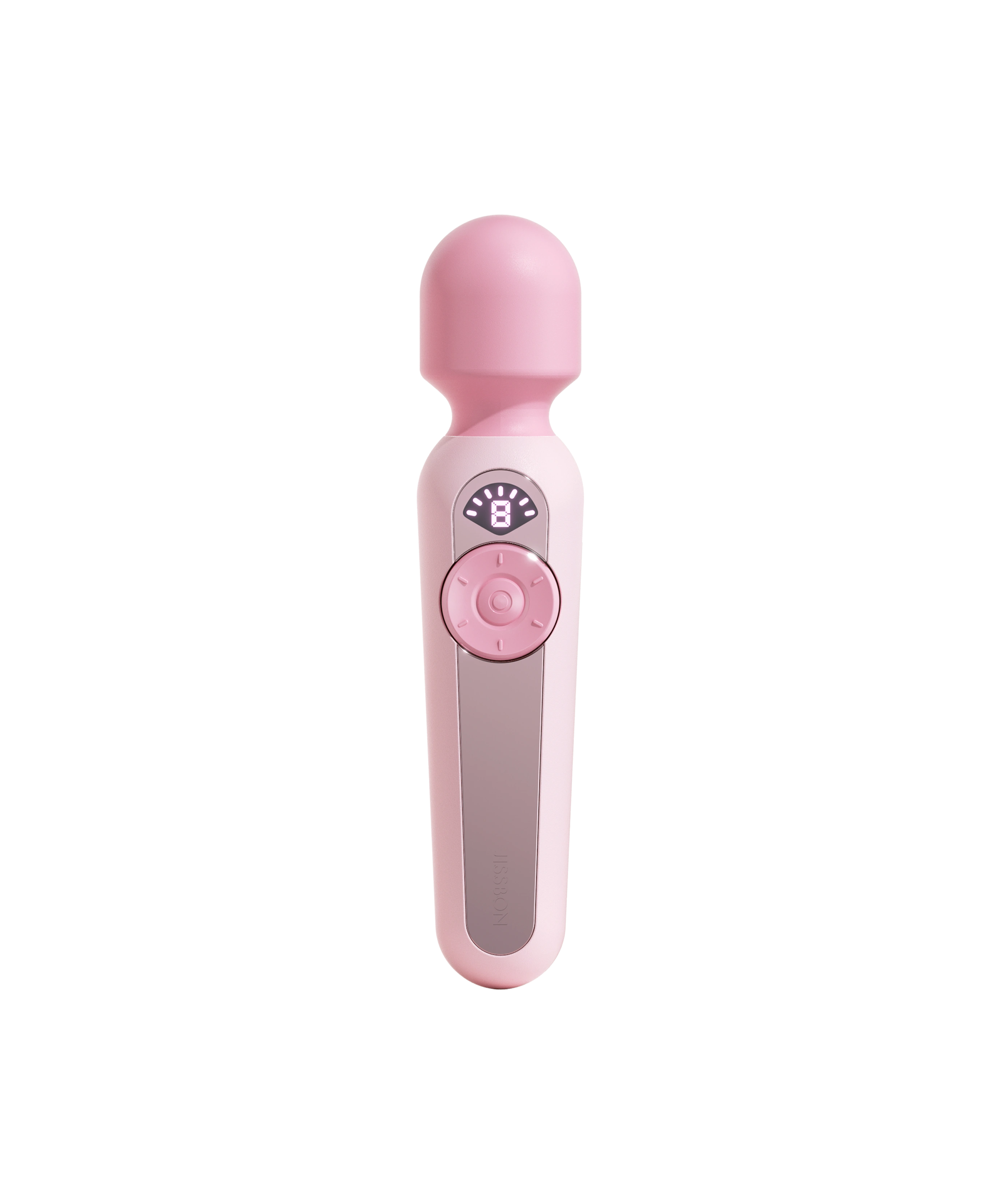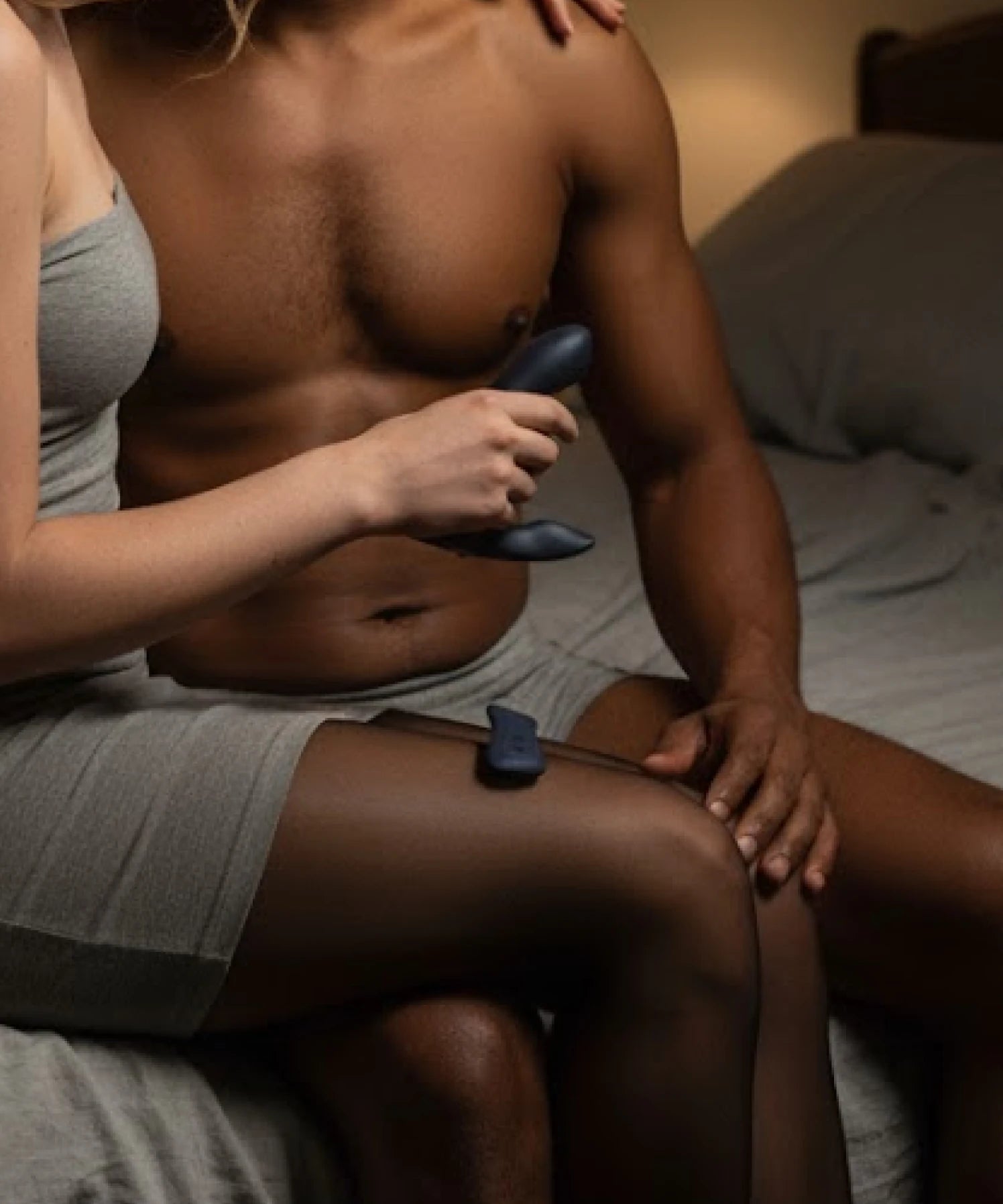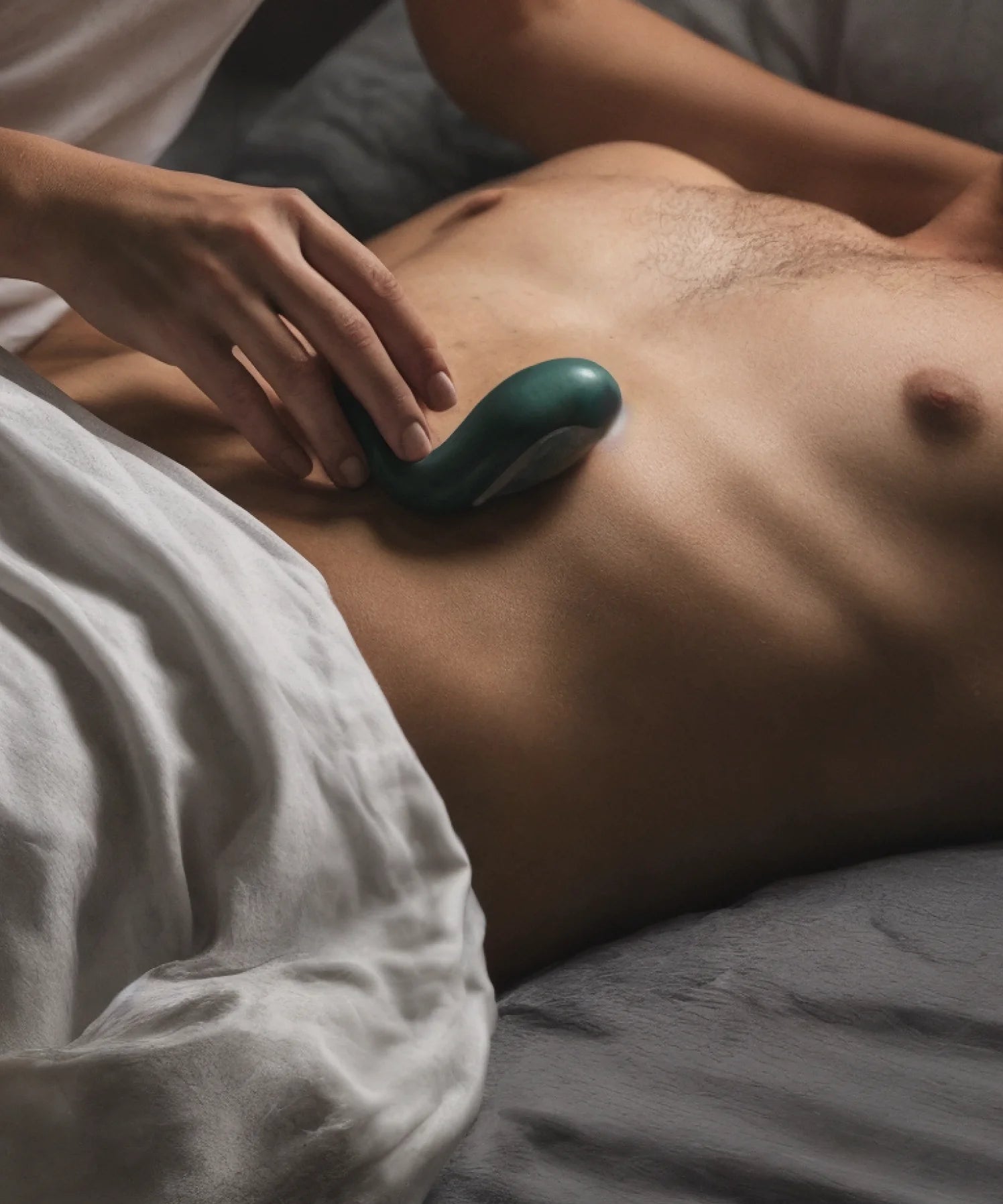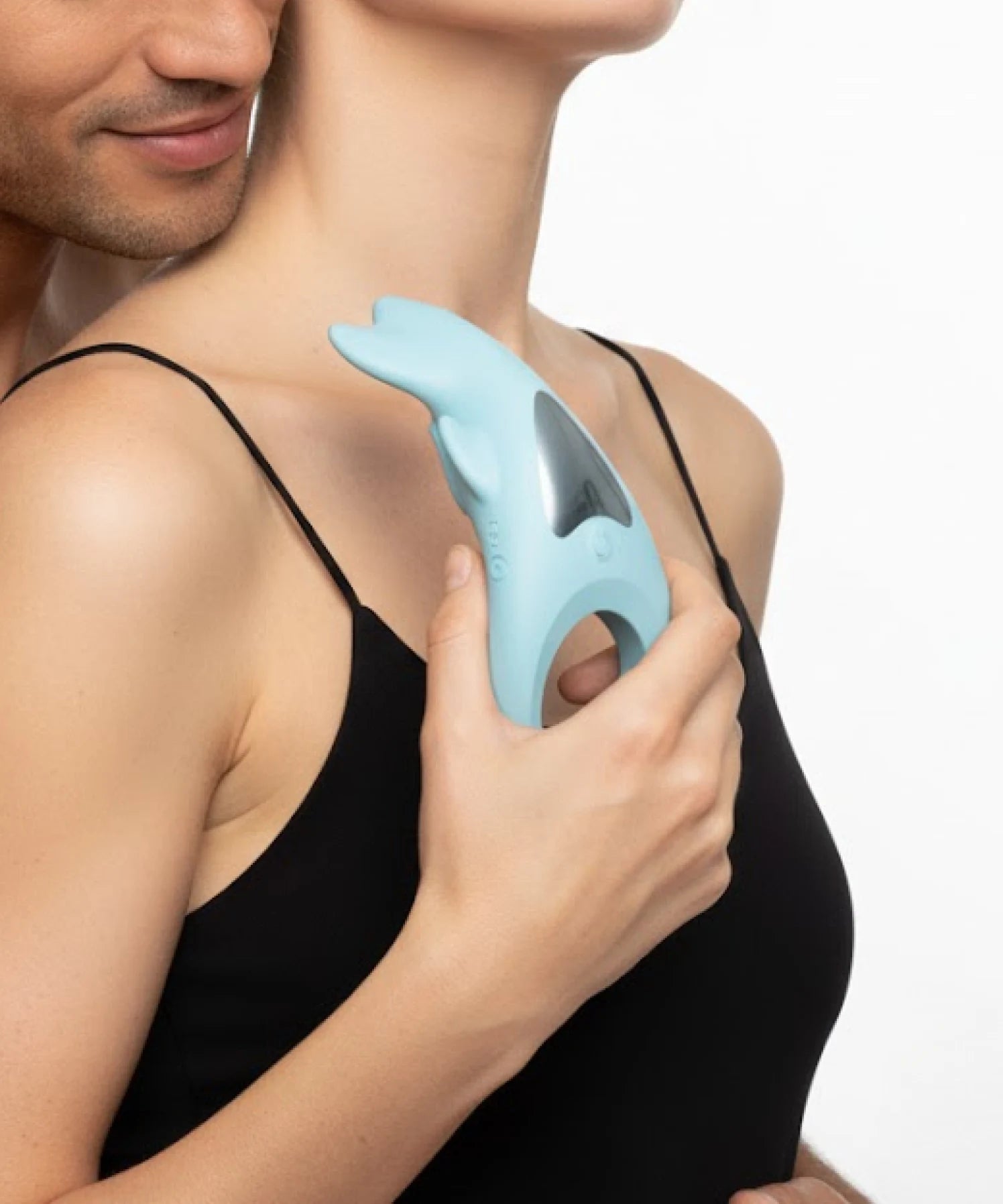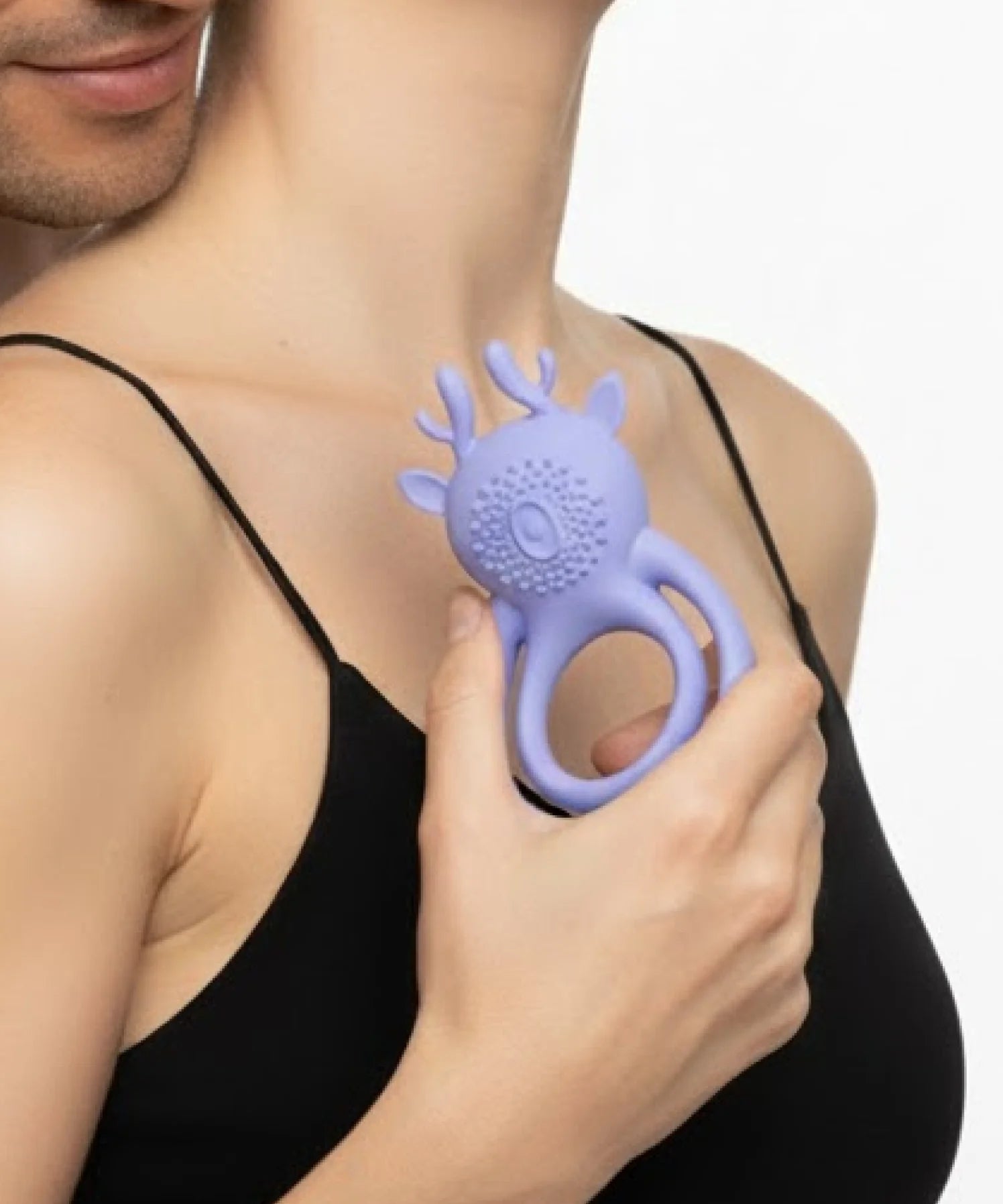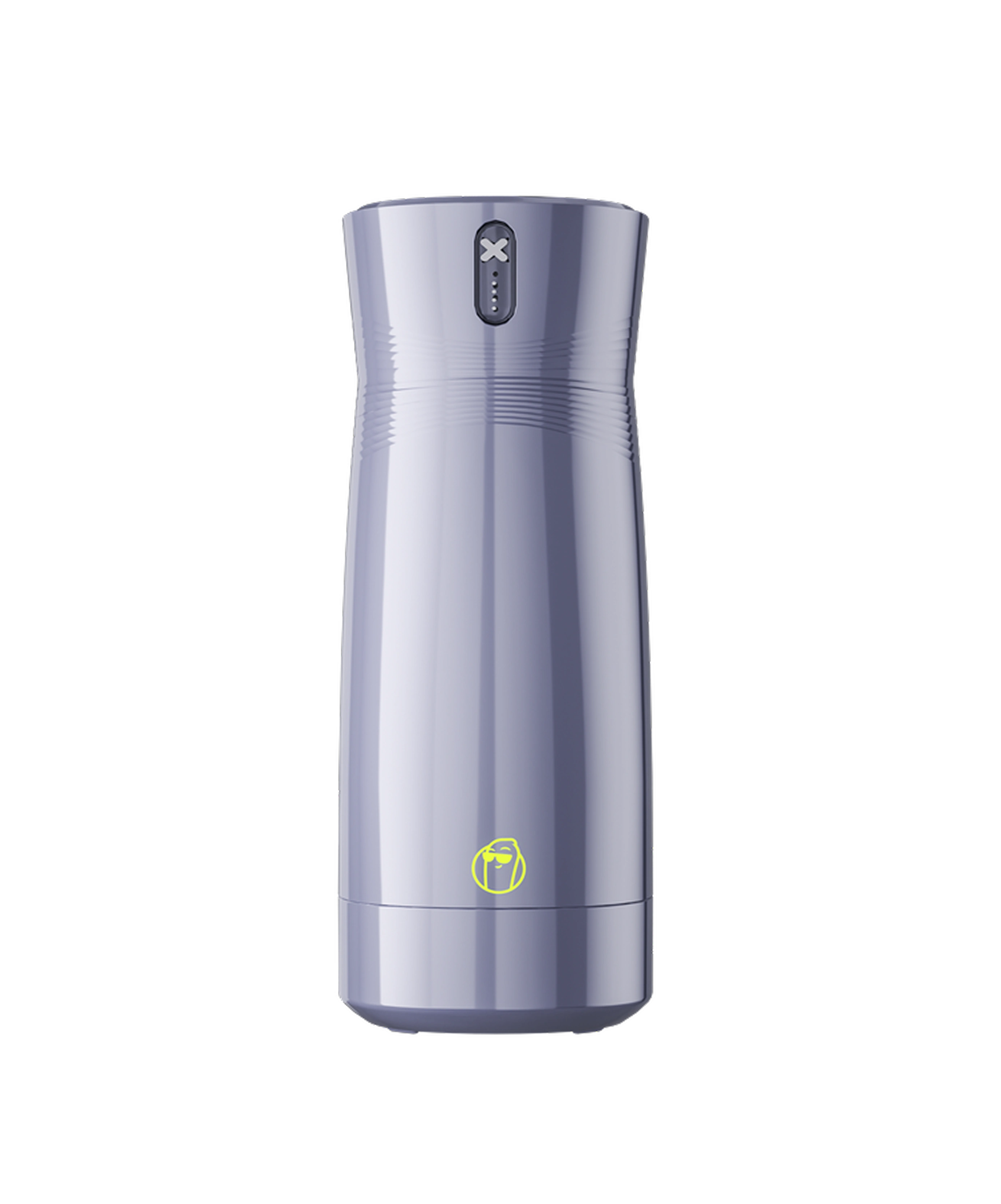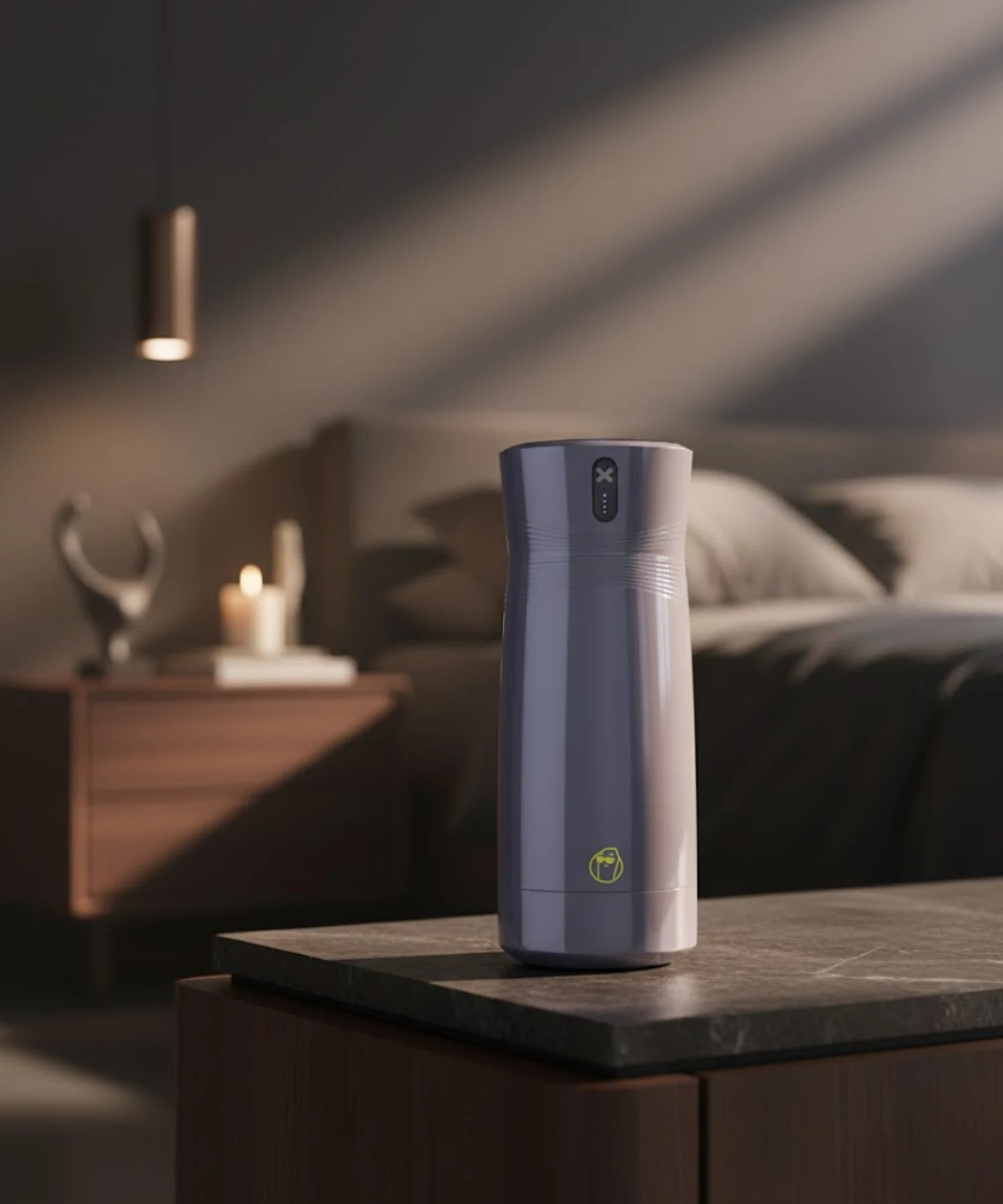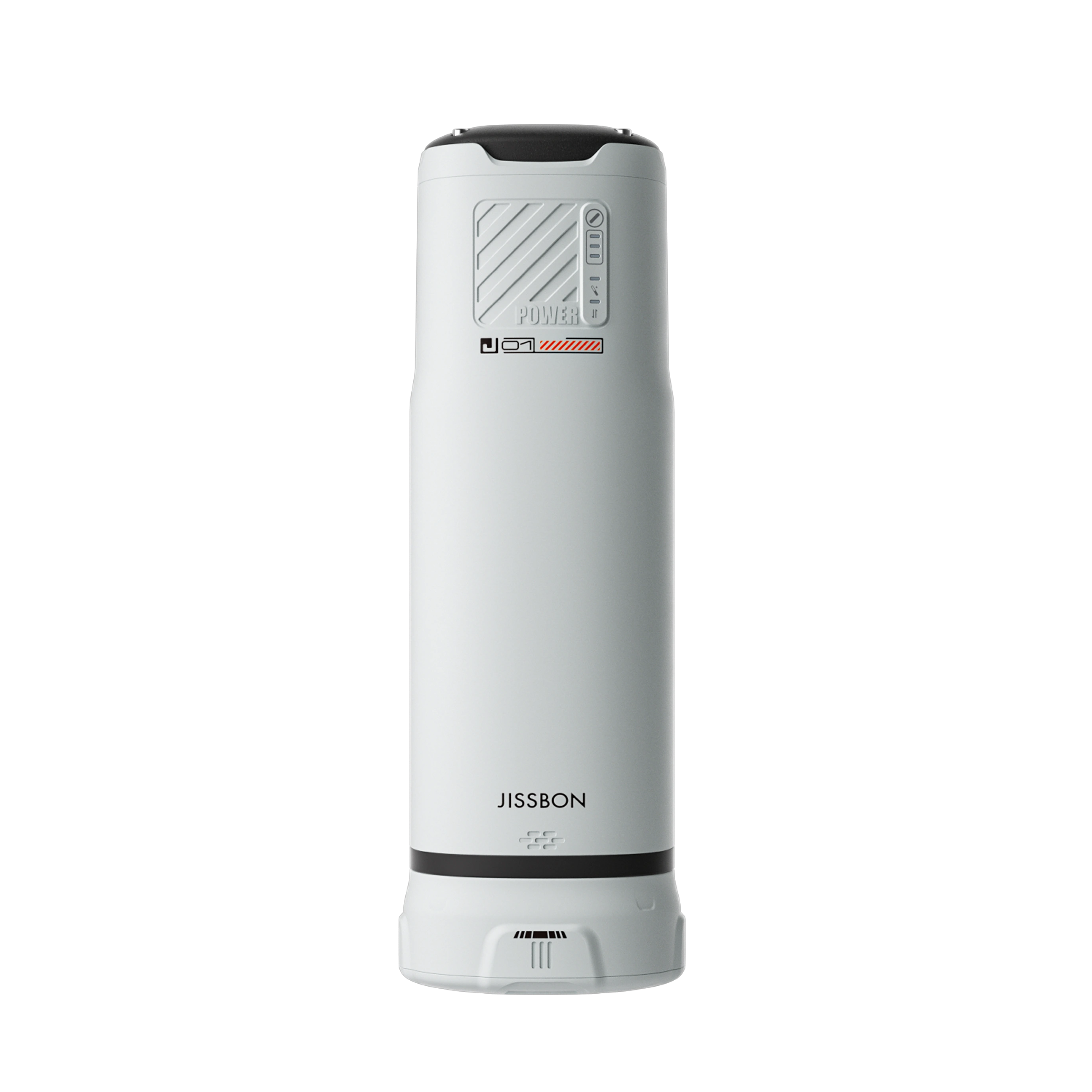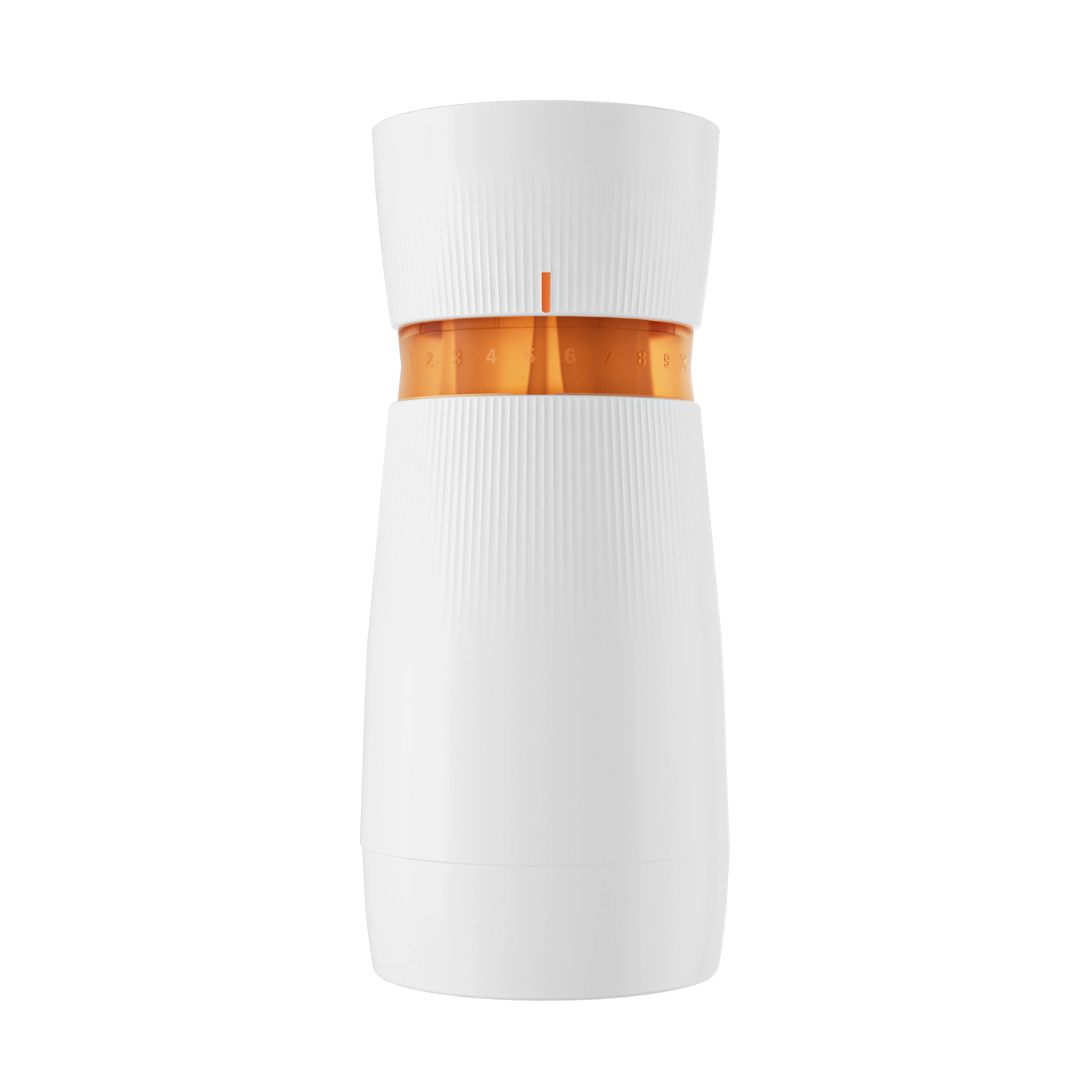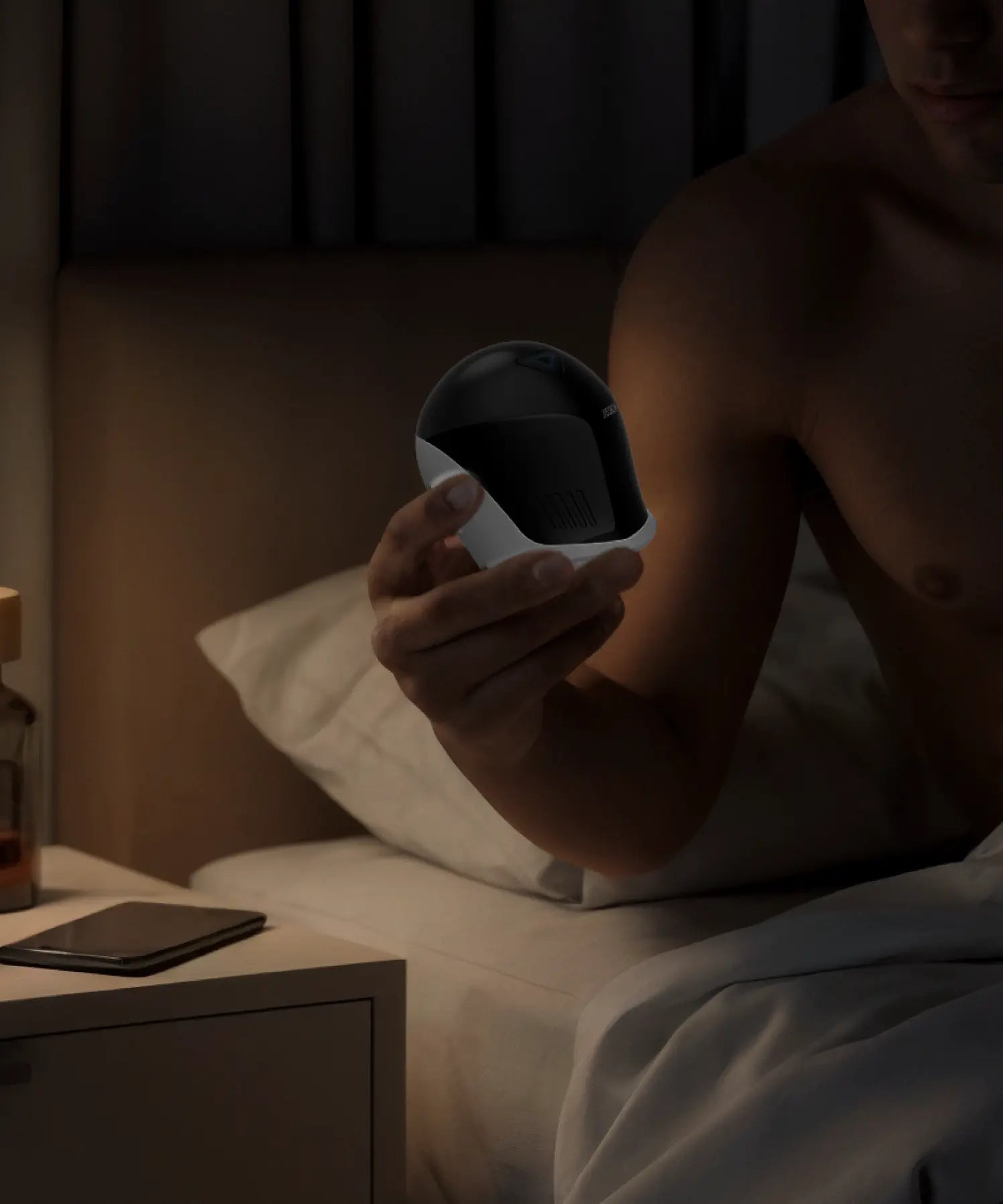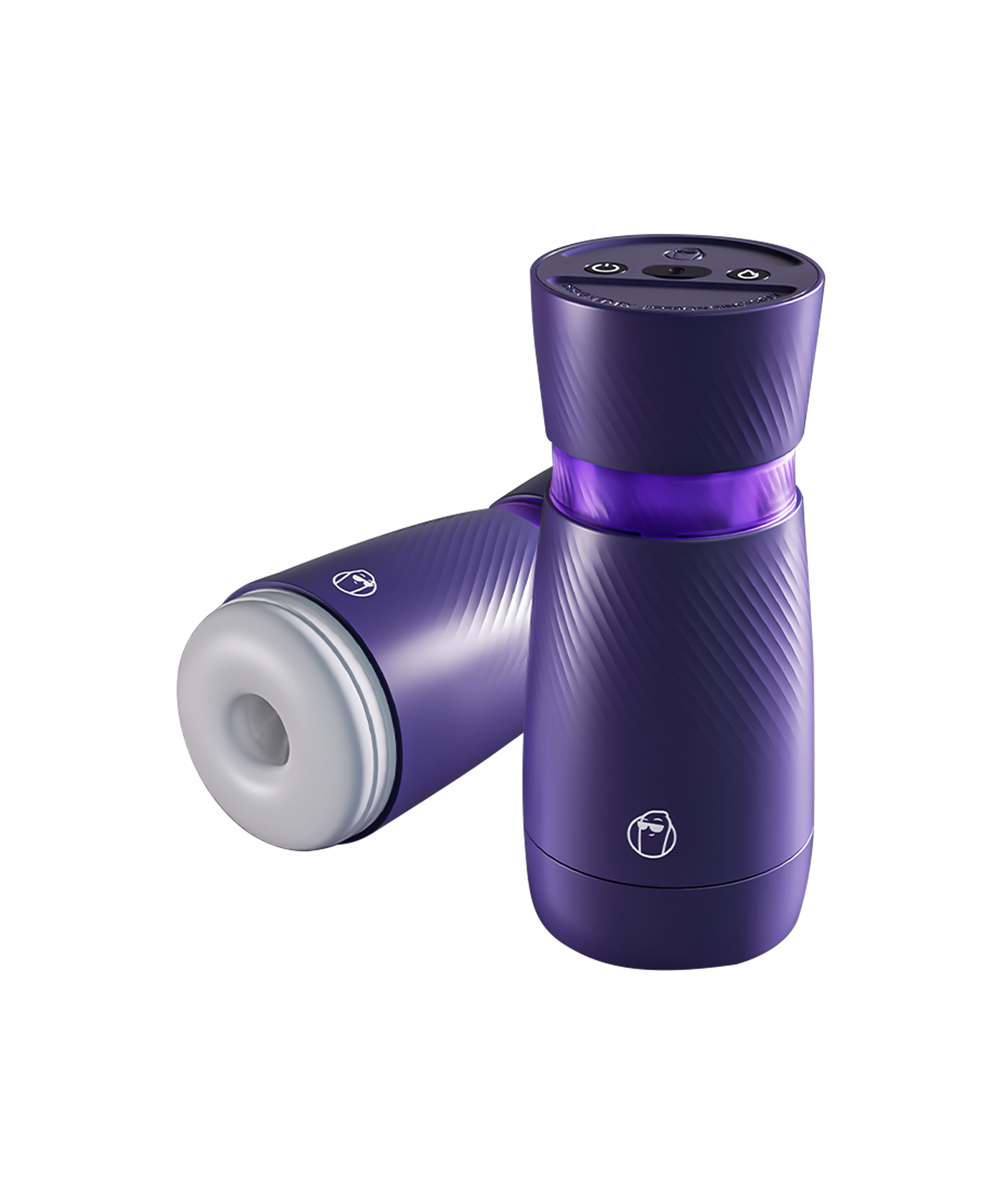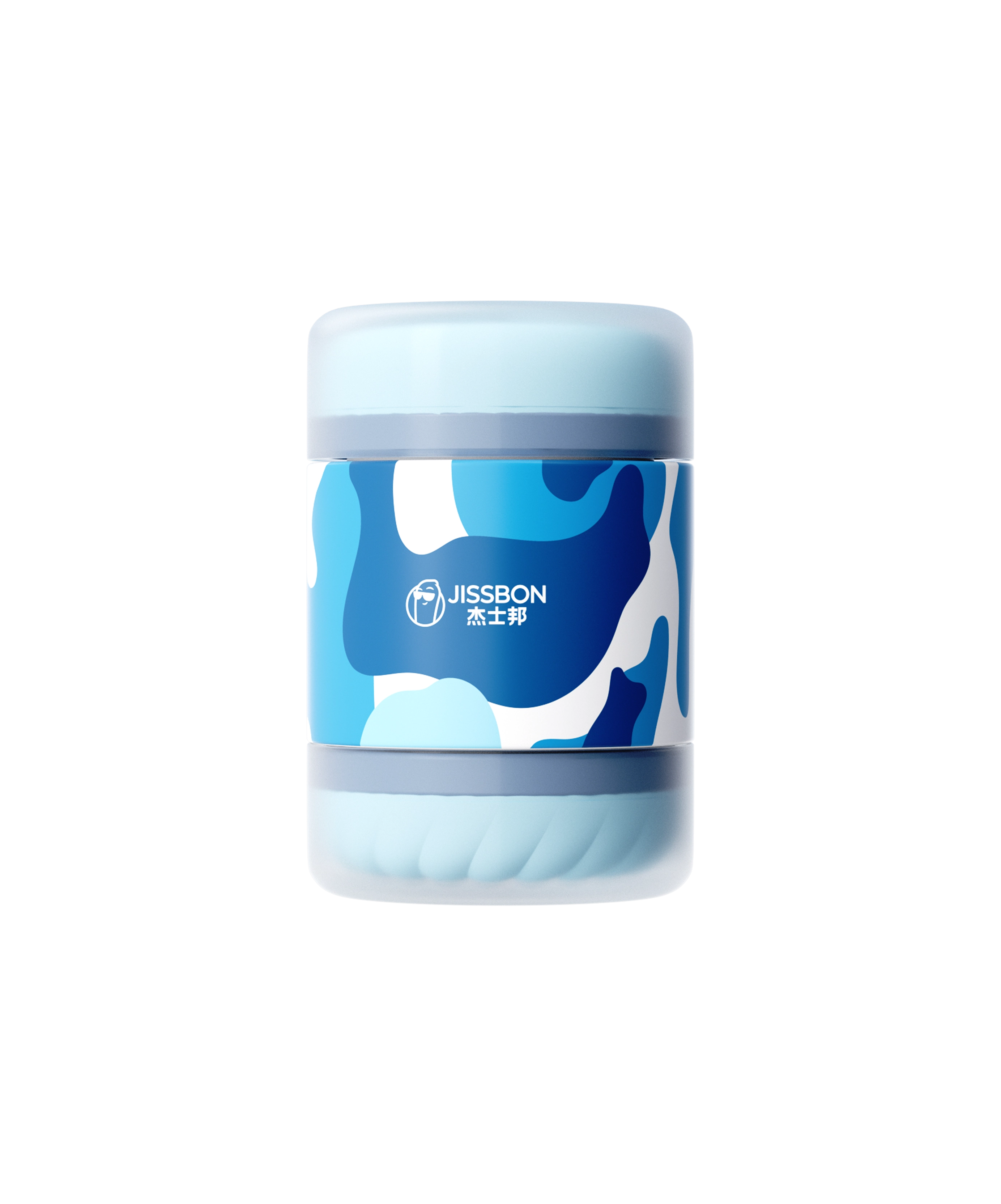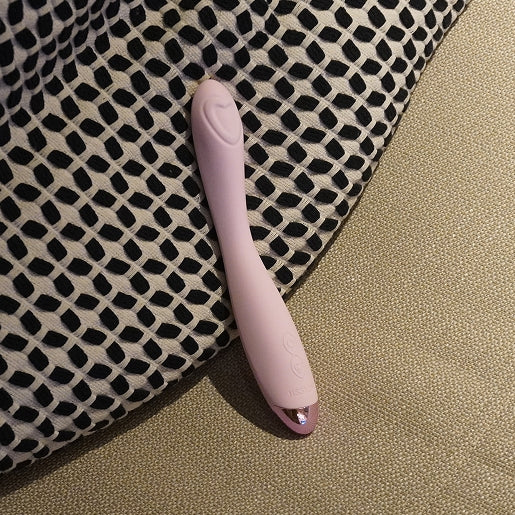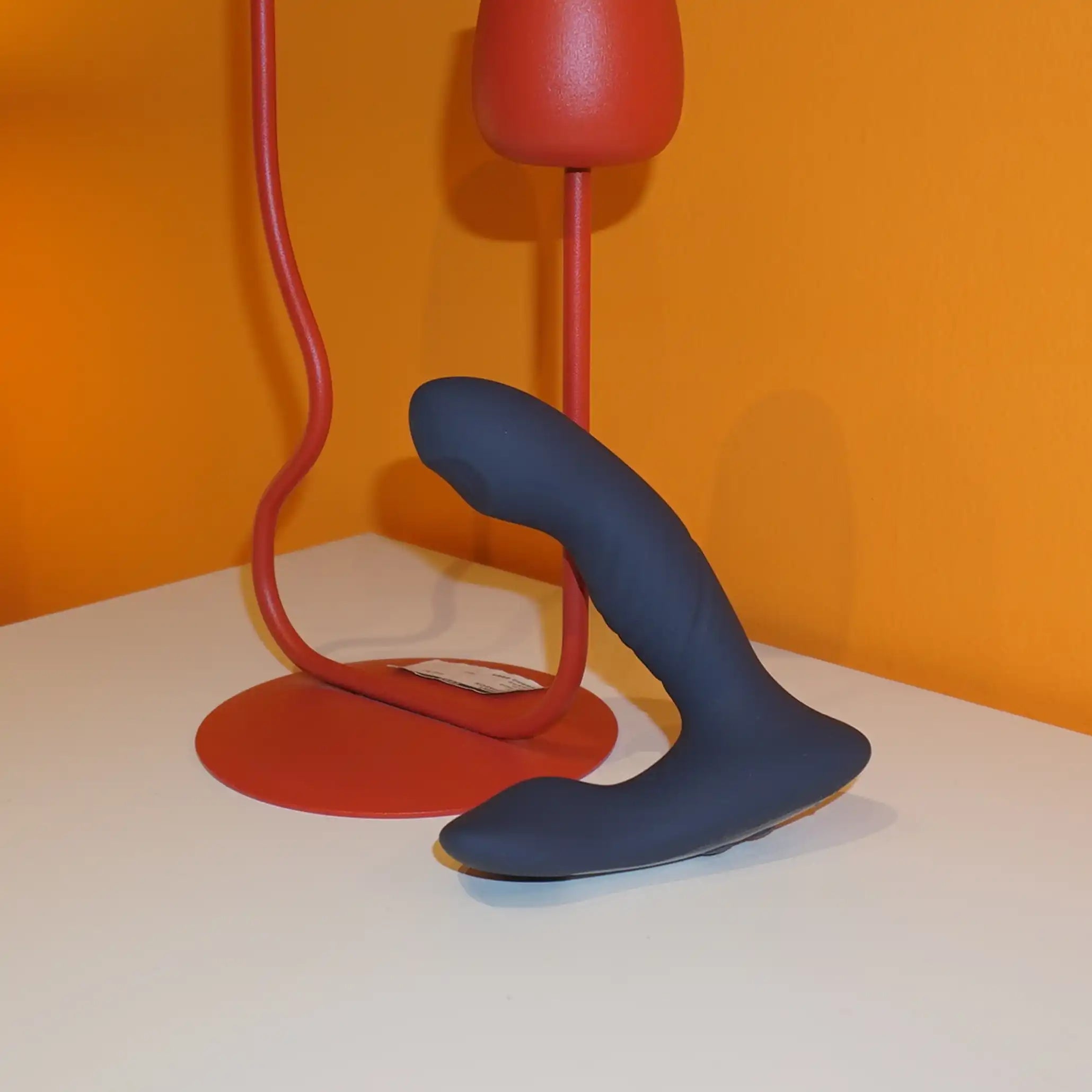The term “horny” is one of the most widely recognized informal expressions for sexual arousal. Its roots trace back centuries, evolving from a literal meaning related to horn-like structures to describing sexual desire in both men and women.
Today, slang for horny spans casual conversation, social media, memes, and pop culture. Modern alternatives include words like “thirsty,” “randy,” “turned on,” and “feeling frisky,” each carrying slightly different connotations depending on context.
This guide explores its origin, evolution, modern synonyms, and usage, providing clarity on appropriate contexts, respect, and consent.
Who Uses Slang for Horny & Why
Slang for sexual arousal is used by a wide range of people in informal contexts:
- Teenagers & Young Adults: Common in text messages, social media, and dating apps.
- Couples: Adds humor or intimacy in casual conversations.
- Pop Culture & Media: Appears in movies, TV shows, and online content.
- Language Learners: Useful for understanding modern English expressions and idioms.
- Online Communities: Memes and emojis often convey sexual desire subtly.
The Origin of “Horny”

Understanding the etymology gives context to modern slang:
- Literal Meaning
- Originally, “horny” meant “made of horn” or “having horn-like projections,” appearing in Middle English around the 12th–15th centuries.
- Example: describing calloused skin, horns of animals, or decorative objects.
- Sexual Connotation
- By the 18th century, “to have the horn” referred to a male erection, drawing on the phallic resemblance to horns.
- The adjective “horny” began to mean sexually aroused by 1889, gradually extending to include women.
- Cultural Symbolism
- Horns historically symbolized fertility and virility in folklore and mythology, reinforcing the sexual association.
- Greek and Roman gods like Pan, Faunus, or satyrs were linked to lust, influencing modern figurative language.
Learn more about the history of sexual slang in Oxford English Dictionary entries for horny.
Modern Slang Terms for Horny
Today, slang for sexual arousal has expanded across casual speech, internet culture, and dating apps. Common alternatives include:
-
Thirsty
- Originally means a strong desire for water.
- Modern usage refers to craving sexual attention, affection, or validation, often online.
-
Randy
-
Informal, slightly British; conveys sexual excitement without being overly explicit.
-
-
Turned on
-
Straightforward, polite enough for some casual spoken contexts.
-
-
Hot
-
Used to describe someone attractive or sexually exciting; less about personal arousal.
-
-
Feeling frisky
-
Playful, lighthearted, less intense than “horny,” often used in flirty contexts.
-
-
Other creative or internet-driven terms:
- Hornt / Hornt up – slang from messaging or dating apps.
- Freaky / Wet / Hot and bothered – colloquial expressions common in informal conversation.
Context & Etiquette
Even though slang for horny is widely recognized, usage requires sensitivity:
-
Context Matters
-
Informal texting or flirting is appropriate; professional or formal situations are not.
-
-
Consent
-
Avoid unsolicited sexual language; ensure all parties are comfortable.
-
-
Cultural Sensitivity
-
Some terms may be more common in certain regions or online communities.
-
-
Age Appropriateness
- These terms are strictly adult slang; avoid use around minors.
For safer communication practices, see Planned Parenthood on sexual consent.
Regional & Historical Variations
The slang for sexual arousal differs across English-speaking regions:
- UK / Commonwealth: “Randy,” “horny,” “frisky.”
- US / Internet Culture: “Horny,” “thirsty,” “turned on.”
- Historical Terms: Older texts used “in heat” or “lascivious” for sexual desire.
Over time, digital communication has standardized many terms internationally through social media and online memes.
Digital & Social Media Influence
Slang for horny is highly prevalent online:
- Memes & Emojis: 🍆, 🍑, and 😏 are often interpreted as signals of sexual desire.
- Dating Apps: Users may say “thirsty” or “hornt” to flirt or gauge interest.
- Text Messaging: Informal abbreviations or playful terms reduce directness, e.g., “feeling frisky.”
Digital culture has accelerated new slang development, including abbreviations like NSFW (Not Safe For Work) to indicate sexual content.
Comparing Slang Terms: Which to Use
|
Slang Term |
Tone |
Context |
Intensity |
|
Horny |
Direct, casual |
Text, chat, dating |
Moderate-High |
|
Thirsty |
Playful, attention-seeking |
Social media, flirting |
Low-Moderate |
|
Randy |
Informal, British |
Casual speech |
Moderate |
|
Turned on |
Neutral, polite |
Spoken or written |
Moderate |
|
Feeling frisky |
Playful, light |
Flirty, humorous |
Low |
|
Hot |
Descriptive of attraction |
Public, social commentary |
Low |
Choosing the right term depends on your relationship with the listener, the setting, and whether humor or subtlety is desired.
Slang Evolution & Linguistic Trends
Slang evolves continuously, reflecting cultural and technological trends:
- Internet Language:
- Short forms, abbreviations, and emojis replace direct words.
- Gender-Neutral Language:
- Terms like “turned on” are applicable to all genders, while “randy” or “horny” may carry gendered undertones in some regions.
- Generational Shifts:
- Younger users may prefer playful slang, while older adults retain traditional expressions.
- Media Influence:
- Pop culture, TV shows, and music accelerate the adoption of new slang terms.
How to Use Slang for Horny Responsibly

- Check Context:
- Avoid using sexually suggestive terms in professional or mixed-company settings.
- Seek Consent:
- Ensure the recipient is comfortable with sexual slang in conversation or online.
- Use Humor or Playfulness:
- “Feeling frisky” or emojis can lighten tone and reduce potential discomfort.
- Avoid Objectification:
- Use language that reflects mutual interest and respect.
Regional & Cultural Variations in Slang for Horny
Different English-speaking regions have their own preferred terms for sexual arousal. Understanding these helps in casual conversations or while navigating online communities.
|
Region / Country |
Common Slang Terms |
Usage Notes |
|
United States |
Horny, Thirsty, Turned on |
Casual texting, memes, dating apps |
|
United Kingdom |
Horny, Randy, Feeling frisky |
Spoken or written; slightly cheeky |
|
Australia / NZ |
Horny, Frisky, Keen |
“Keen” can be flirtatious in context |
|
Canada |
Horny, Thirsty, Hot |
Used similarly to US slang |
|
Online / Global |
Hornt, Hornt up, NSFW |
Digital-first slang, emoji-heavy |
Regional & Cultural Variations in Slang for Horny
Different English-speaking regions have their own preferred terms for sexual arousal. Understanding these helps in casual conversations or while navigating online communities.
|
Region / Country |
Common Slang Terms |
Usage Notes |
|
United States |
Horny, Thirsty, Turned on |
Casual texting, memes, dating apps |
|
United Kingdom |
Horny, Randy, Feeling frisky |
Spoken or written; slightly cheeky |
|
Australia / NZ |
Horny, Frisky, Keen |
“Keen” can be flirtatious in context |
|
Canada |
Horny, Thirsty, Hot |
Used similarly to US slang |
|
Online / Global |
Hornt, Hornt up, NSFW |
Digital-first slang, emoji-heavy |
Intensity Levels of Slang
Not all slang for sexual arousal communicates the same intensity. Using the right term depends on context and audience.
|
Slang Term |
Intensity |
Tone |
Appropriate Context |
|
Horny |
Medium-High |
Direct, informal |
Flirty texting, adult conversation |
|
Thirsty |
Low-Medium |
Playful, attention-seeking |
Online, social media, humorous flirting |
|
Randy |
Medium |
Cheeky, informal |
Casual conversation, UK slang |
|
Turned on |
Medium |
Neutral, polite |
General conversation or dating contexts |
|
Feeling frisky |
Low |
Playful, light |
Flirty, humorous, safe for subtle flirting |
|
Hot / Hot and bothered |
Low-Medium |
Descriptive, visual |
Public commentary, memes |
Evolution of Sexual Slang Over Centuries
Slang terms evolve based on culture, technology, and social norms. Here’s a simplified timeline:
|
Period |
Term / Phrase |
Notes |
|
Middle Ages |
Horny (literal) |
Described horn-like features or calluses |
|
18th Century |
To have the horn |
Refers to male erection; begins sexual usage |
|
19th Century |
Horny (sexual) |
Extended to women; more formalized |
|
20th Century |
Lustful, turned on |
Formal and informal forms coexist |
|
21st Century |
Thirsty, hornt, memes |
Internet-driven, playful, emoji-heavy |
Slang vs. Formal Terms
It’s important to distinguish slang from medically accurate or formal language, especially for educational or professional contexts.
|
Type |
Example |
When to Use |
|
Slang |
Horny, Thirsty, Randy |
Casual conversation, texting, social media |
|
Neutral / Polite |
Turned on, Sexually aroused |
Educational content, discussions with partners |
|
Formal / Clinical |
Sexual desire, libido |
Medical, academic, or professional settings |
Digital Communication & Emoji Use
Slang for horny is heavily influenced by digital communication, emojis, and abbreviations.
|
Medium |
Examples |
Notes |
|
Text Messaging |
“Horny lol,” “feeling frisky” |
Short, playful, casual |
|
Social Media |
“Thirsty,” memes, posts |
Often humorous or exaggerated |
|
Emojis |
🍆 (eggplant), 🍑 (peach), 😏 (smirk) |
Visual shorthand for sexual desire |
|
Dating Apps |
Hornt, NSFW, “wanna hook up?” |
Direct or playful flirting |
|
Online Communities |
“Randy,” “hot and bothered” |
Public posts, forums, or meme culture |
Tips for Using Slang for Horny Responsibly
- Know your audience – Only use slang where it’s appropriate and consensual.
- Use humor or light tone – Words like “feeling frisky” or emojis reduce directness.
- Avoid objectification – Slang should reflect mutual desire, not pressure.
- Combine with context cues – Emojis, punctuation, or playful language clarify tone.
- Respect boundaries – Stop or adjust if the other person seems uncomfortable.
Modern Trends in Slang Usage
- Short-form abbreviations: NSFW, SFW (Safe For Work), DM (Direct Message for flirtation).
- Gender-neutral terms: “Turned on,” “feeling frisky” apply to all genders.
- Meme culture: Online jokes often use sexual slang humorously to normalize discussion.
- Globalization: Social media spreads slang across countries, creating shared digital vocabulary.
Frequently Asked Questions
What does horny mean in slang?
Horny describes a state of sexual arousal or desire, commonly used in casual conversation and digital communication.
Where did the term originate?
“Horny” originally referred to horn-like structures or calloused skin, later evolving to describe sexual arousal in the 18th century.
What are modern slang alternatives for horny?
Common terms include “thirsty,” “randy,” “turned on,” “hot,” and “feeling frisky,” each with different tones and contexts.
Is it appropriate to use horny in professional settings?
No, it is informal and sexual. Use only in casual, adult-appropriate contexts where consent and comfort are ensured.
How does digital culture affect sexual slang?
Emojis, memes, and abbreviations like NSFW create indirect, playful ways to communicate arousal online.
Are there gender-neutral terms for sexual arousal?
Yes, “turned on” and “feeling frisky” can be used across genders without implying objectification.
Conclusion
Understanding the slang for horny provides insight into language evolution, modern communication, and sexual expression. From its historical roots to digital-age expressions like “thirsty” or “feeling frisky,” using these terms responsibly requires context, consent, and respect.
Explore more about sexual wellness and body-safe practices to enhance knowledge and confidence in adult conversations.
